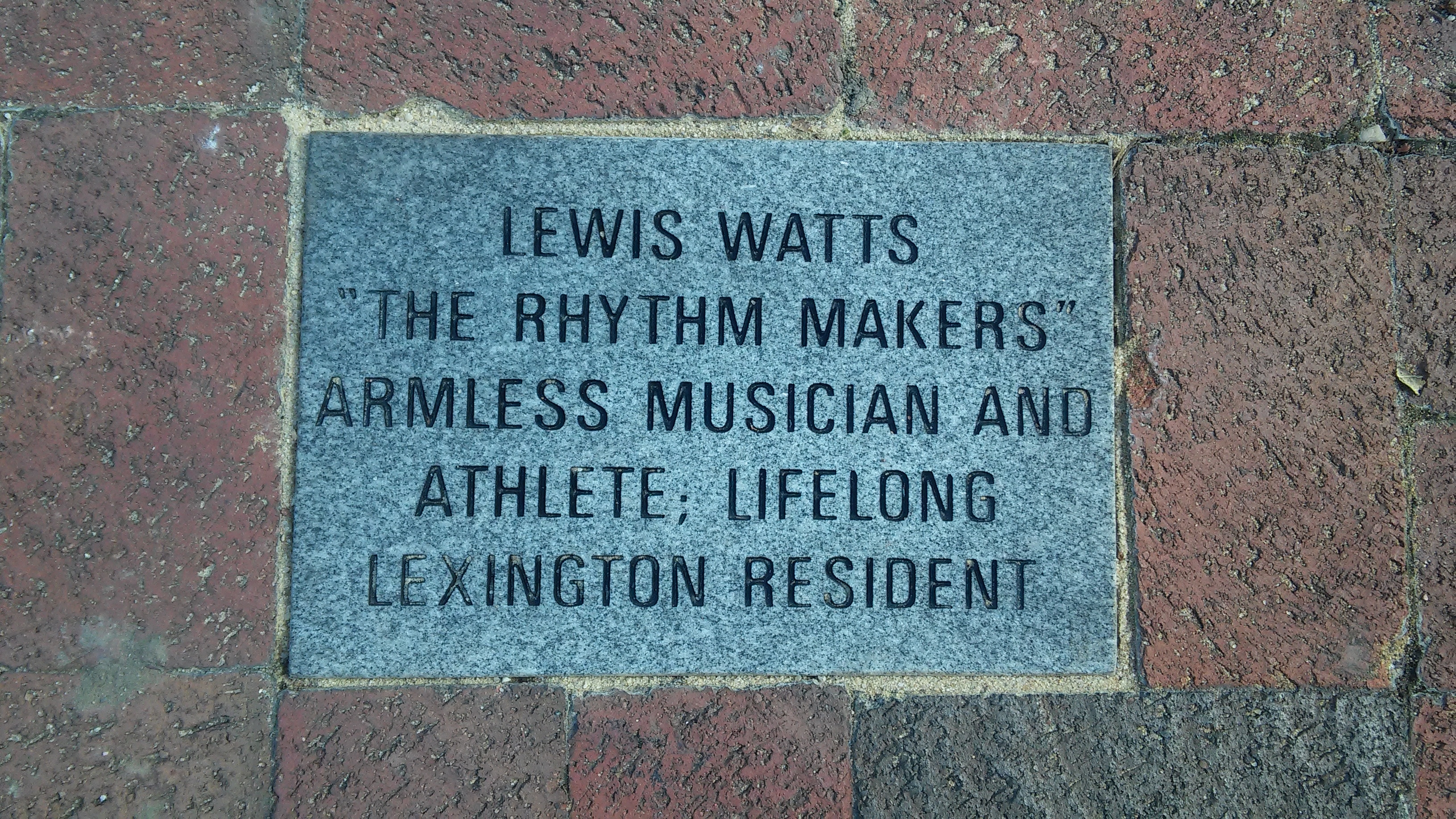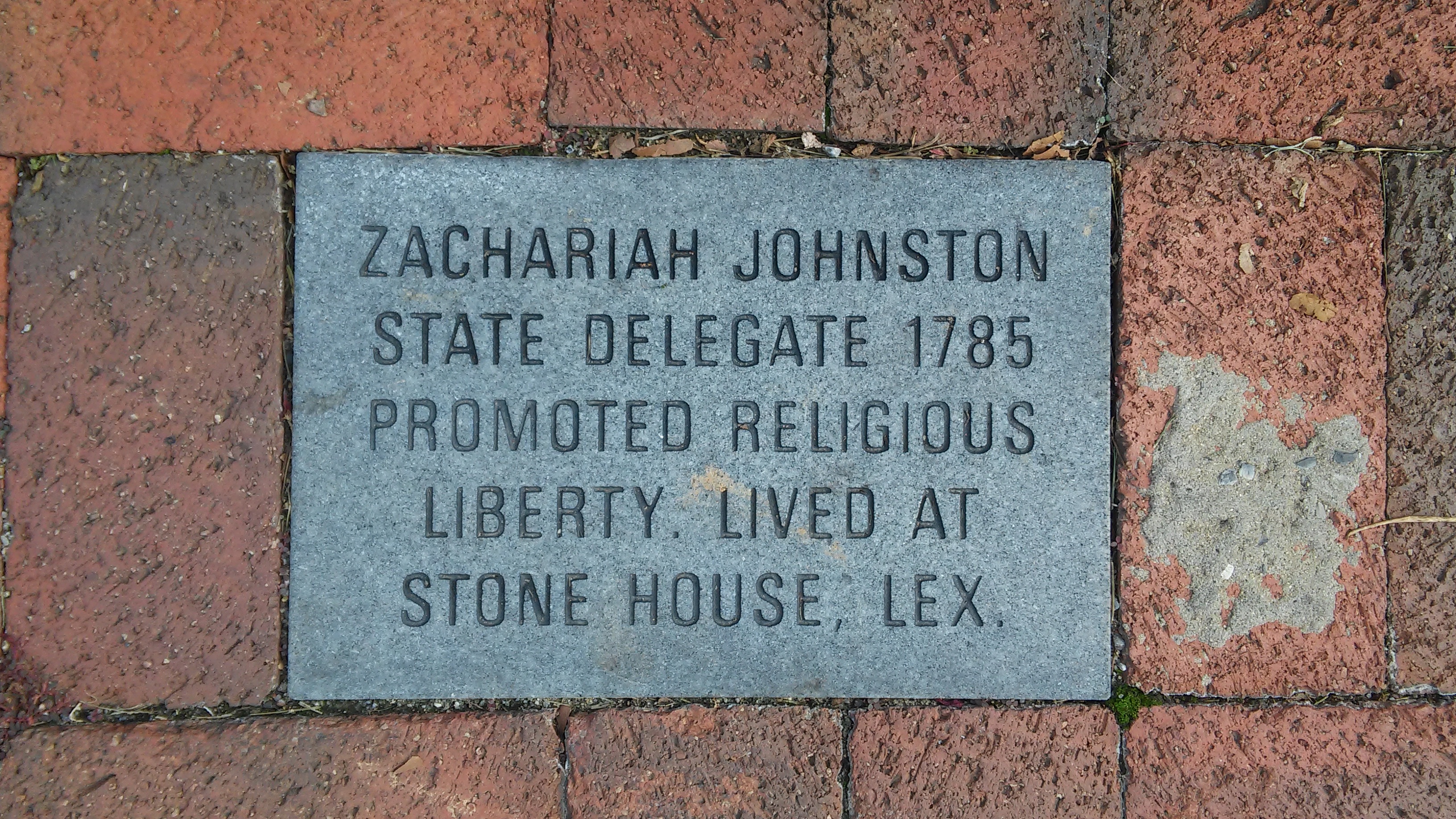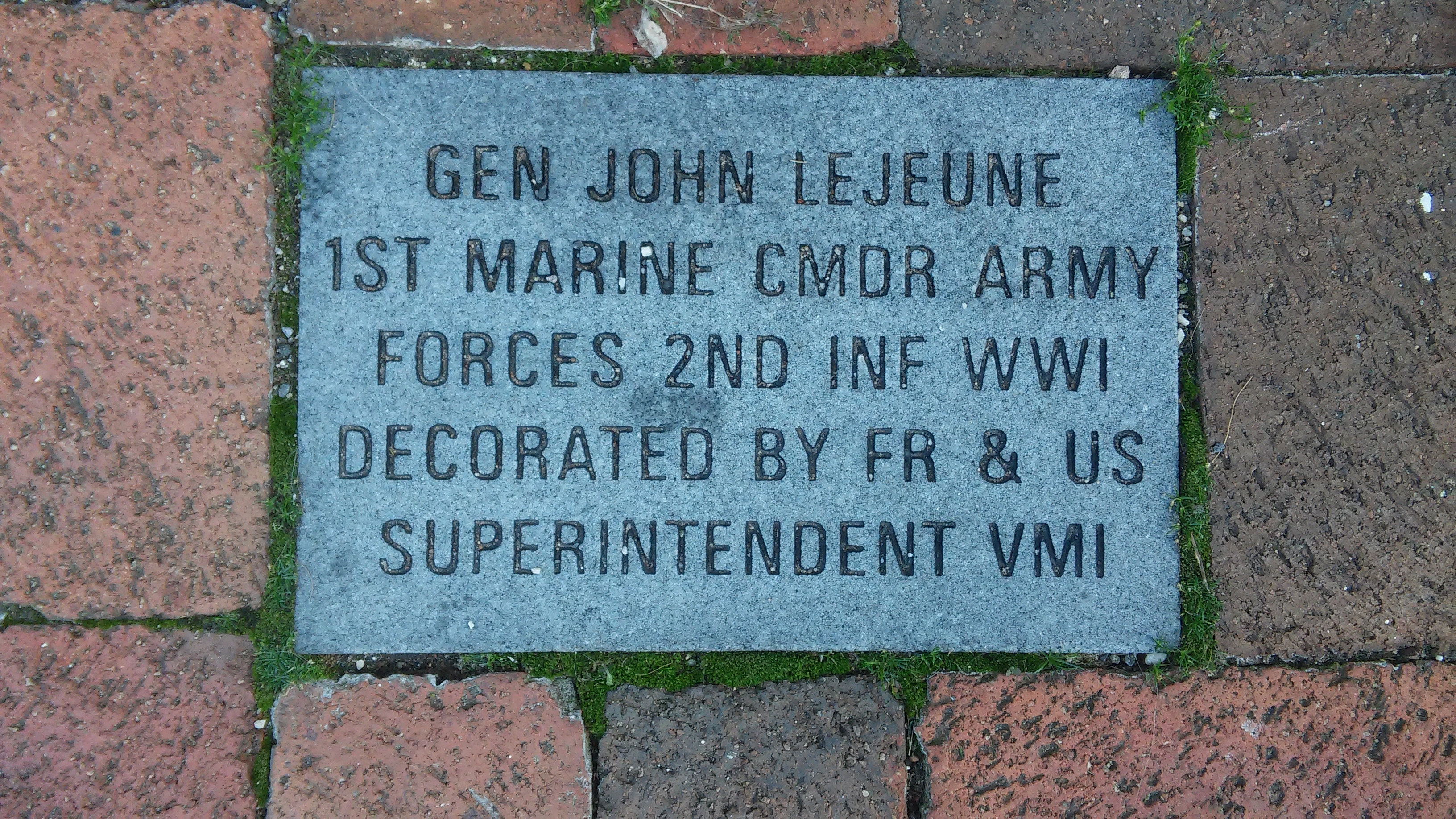Main Street
Lylburn Liggins Downing was born into the household of Gov. James McDowell in 1862, to enslaved parents who were educated by T.J. ‘Stonewall’ Jackson at Lexington Presbyterian’s colored “Sabbath school.” After the Civil War, Downing would attend the same school, and eventually studied at Lincoln University. Ordained as a minister, he founded the Fifth Avenue Presbyterian Church, Roanoke. There he installed a stained glass window of his own design, dedicated to Jackson and depicting his last words, “Let us cross over the river, and rest under the shade of the trees.” In tribute to his continued community ties, and reaching across denominations, Downing also gave one of the first financial contributions to the re-building of Lexington’s First Baptist Church in the 1880s.
Downing’s name has become a byword for Lexington’s strong educational legacies. In 1927 he preached the dedication sermon for his namesake school, established for the education of African-American children in Lexington and, eventually, Rockbridge County. That segregated school closed in 1965, but Lexington’s current middle school bears his name, and the original structure houses a community center in the Diamond Hill neighborhood.
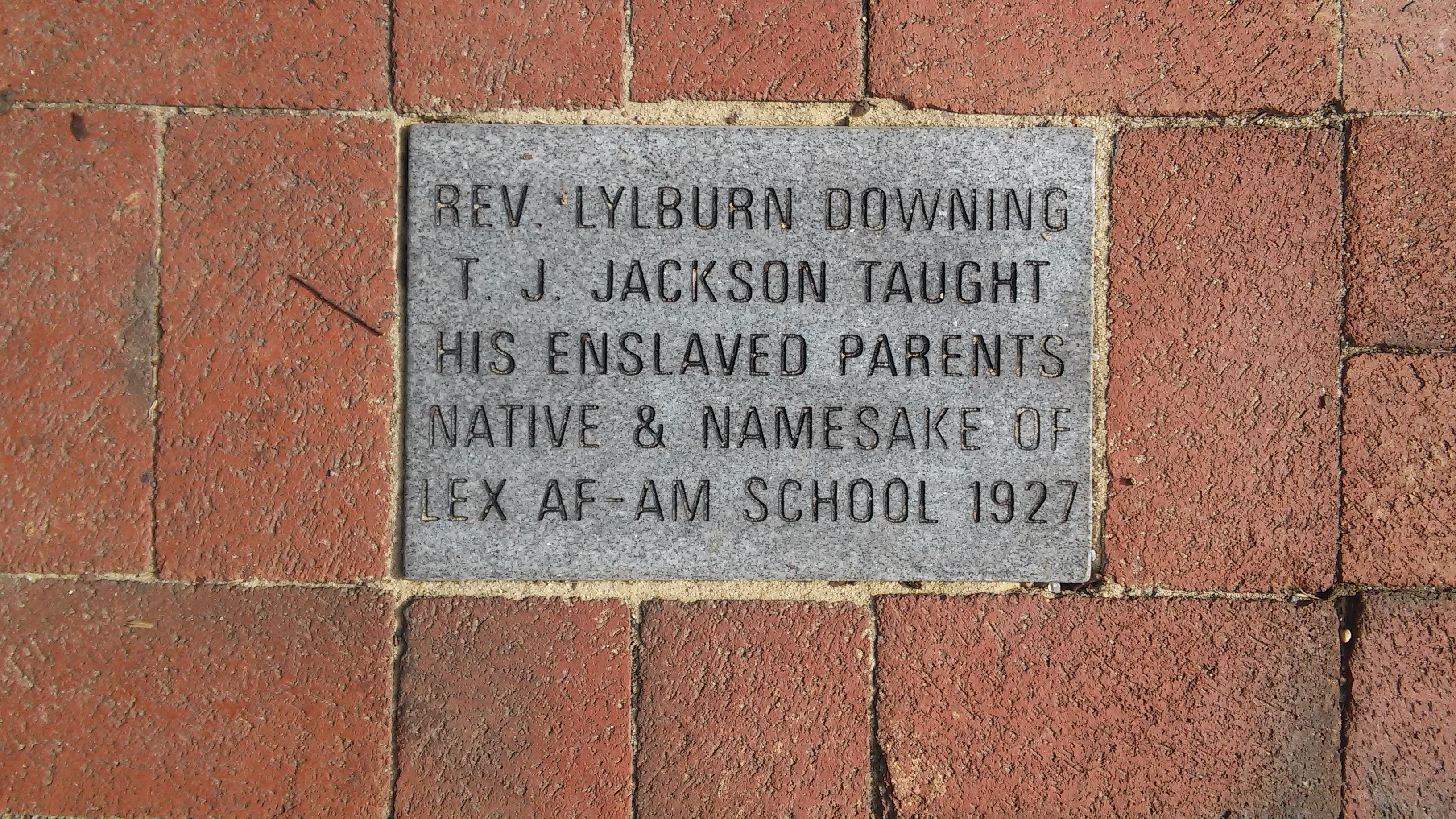

Daughter of Washington College President, and noted Unionist, Rev. George Junkin. In Lexington, “Maggie”found herself within a circle of influential educational, political, and military figures,as her sister was Eleanor was Thomas “Stonewall” Jackson’s first wife, and as she herself married VMI Founder, Col. J.T.L. Preston. Faithful chronicler of the war in letters and journals, Preston’s 1865 epic poem “Beechenbrook: A Rhyme of War” would eventually lead her to be known as the Poetess of the Confederacy, and one of the most popular writers of her day. Following her husband, she was buried in Stonewall Jackson Cemetery in 1897.
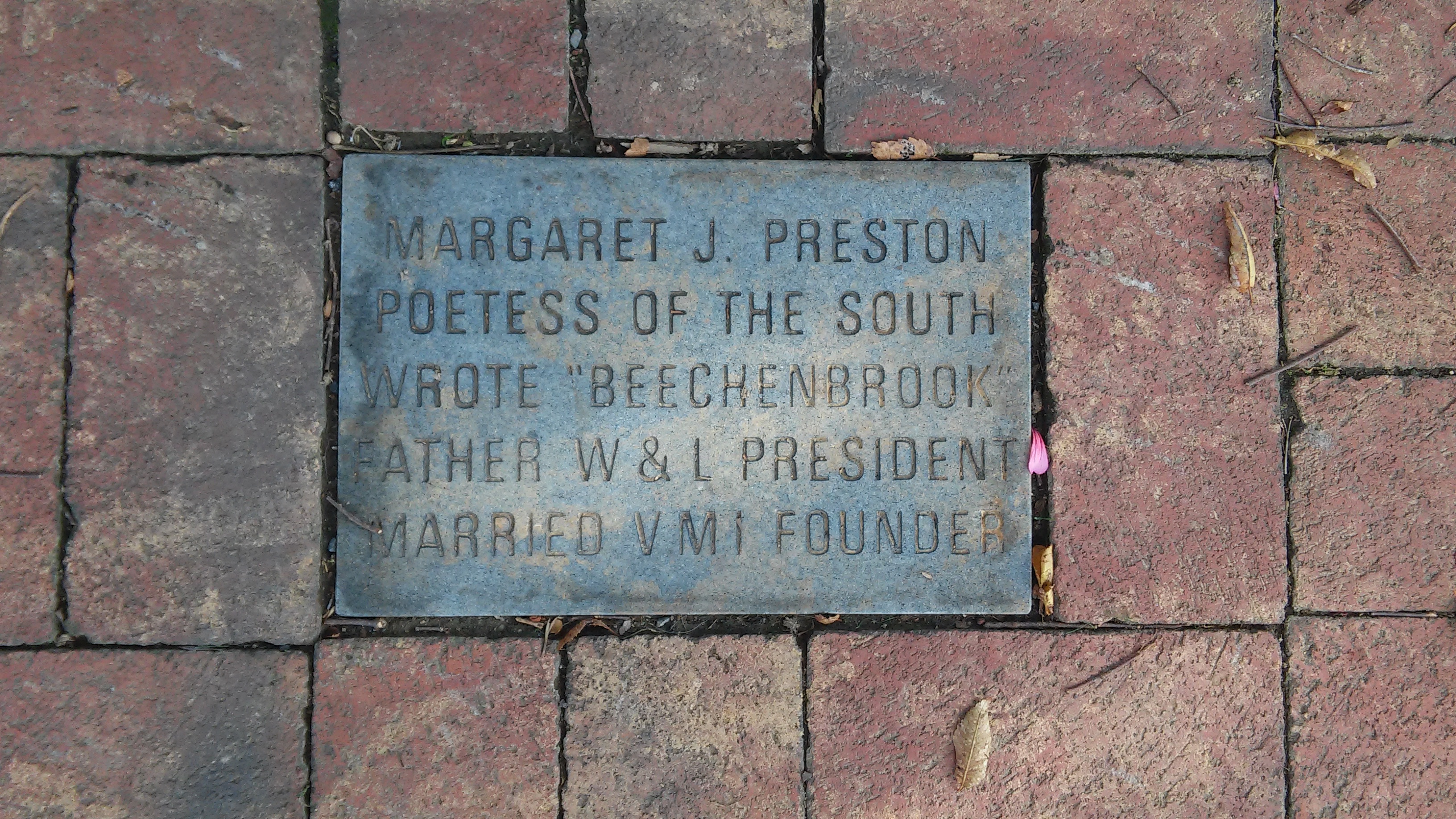

Michael Miley was born in Rockingham County, north of Staunton. When he was 19, he served in Gen. Thomas J. ‘Stonewall’ Jackson’s Stonewall Brigade in the Confederate Army. After the war, he worked in Staunton, learning photography before working with various other photographers in the area. In 1870 he began his own portrait business, photographing everyone from Robert E. Lee to Jefferson Davis, as well as taking pictures of students at Washington and Lee University and Virginia Military Institute. In the 1890s he began experimenting with carbon printing, a way to create color photography. This was a laborious process because only one color could be created at a time. Miley was a pioneer in this field, creating a process to print the different colors at the same time, although he believed it too difficult to ever become commonplace for photographs.
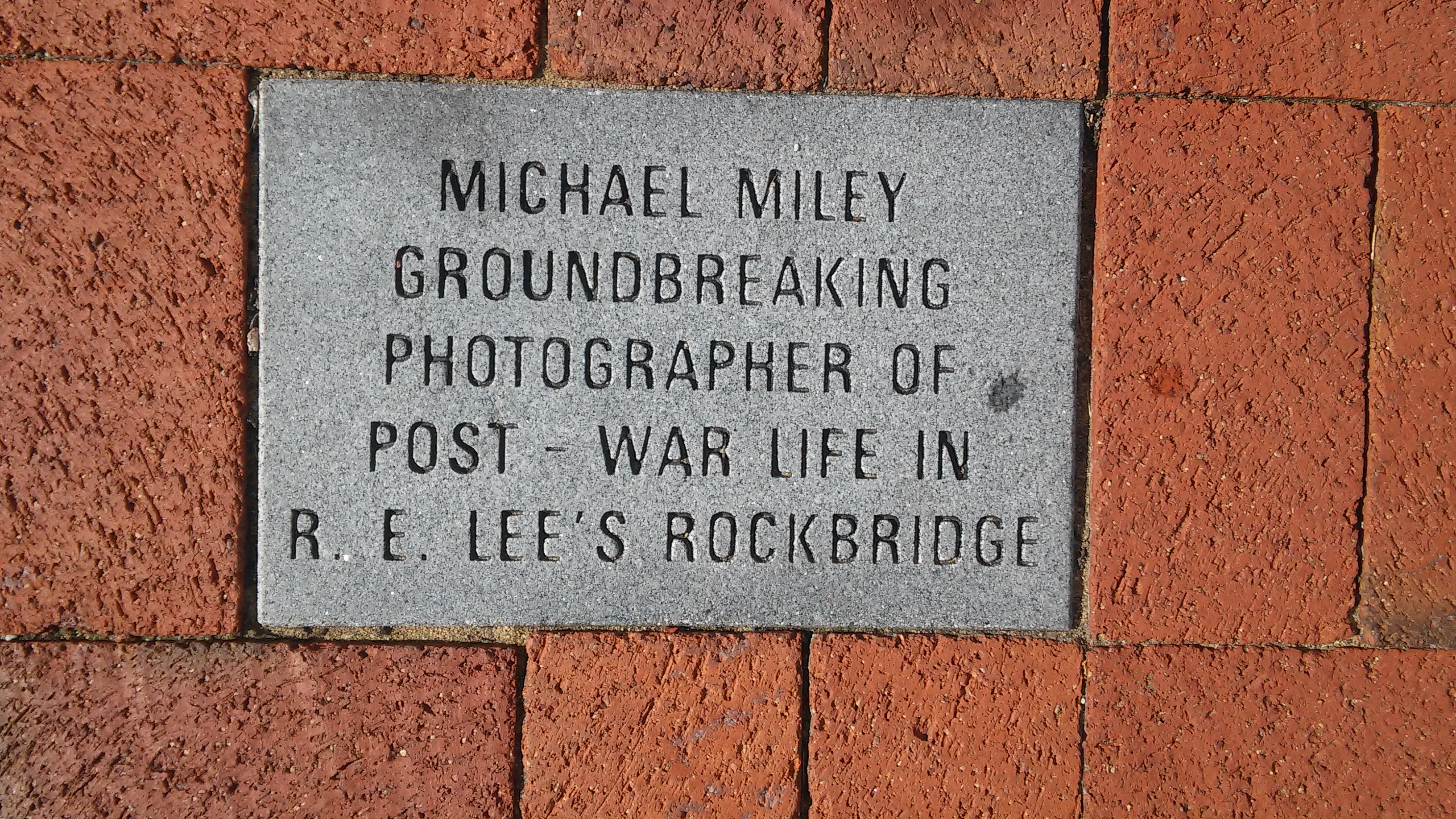

A self-taught musician, Mike Seeger devoted his life to singing, playing, representing, and honoring the old-time traditional country music of the American South. Half-brother to famous folk singer, Pete Seeger, Mike was a founding member of the pioneering traditional group The New Lost City Ramblers, along with John Cohen and Tom Paley. The Ramblers focused on traditional playing styles, as heard on recordings from the 1920s and ‘30s. Mike recorded more than forty albums, both solo and with others, and was nominated for six Grammys. Bob Dylan acknowledged Mike’s influence in his autobiography. Born in New York City in 1933, Mike lived in Rockbridge County from 1981 until his death at his home in Lexington in 2009.
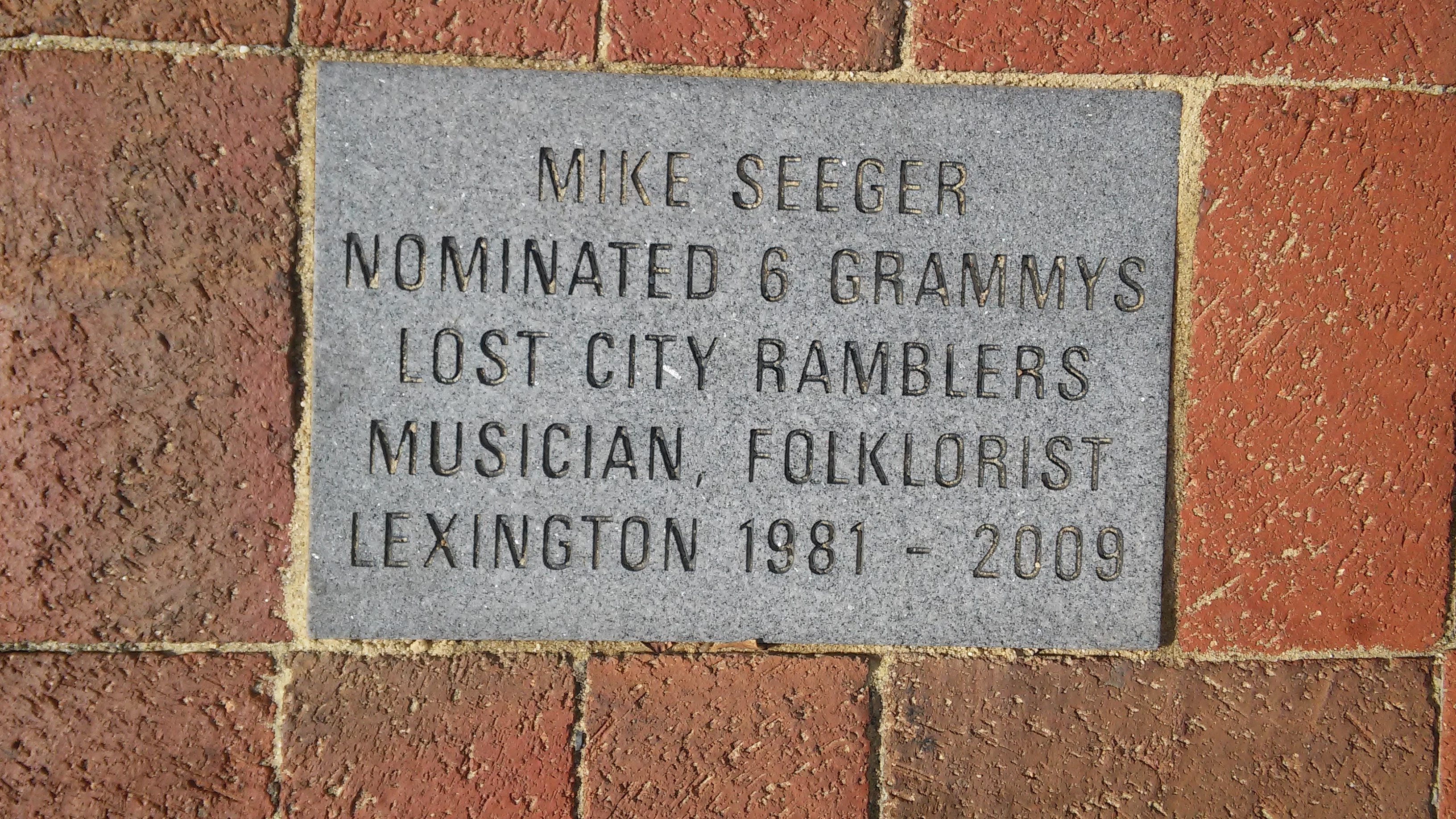

Edward Tarr, known widely as “Black Ned,” became a blacksmith while enslaved in Pennsylvania. After purchasing his freedom, Tarr and his white wife moved to Timber Ridge in what today is Rockbridge County, where his blacksmith’s forge on the Great Wagon Road soon became a well-known landmark. In 1753, Tarr helped found the Timber Ridge Presbyterian Church. He purchased a 270-acre farm on Mill Creek in 1754, becoming the first free black landowner west of the Blue Ridge. The son of Tarr’s last master attempted to re-enslave him, but with the help of his neighbors, Tarr preserved his independence.
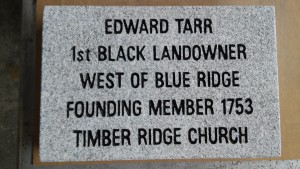

On July 5, 1774 Thomas Jefferson purchased the Natural Bridge by royal patent from King George III. In Notes on the State of Virginia, he would famously described the geological marvel that gave Rockbridge County its name, as “the most sublime of Nature’s works.”
In his 50 year ownership til death, he traveled there several times from Poplar Forest, sometimes staying at Greenlee’s Ferry near Natural Bridge Station. Letters written by his granddaughter Cornelia detail a dramatic journey and her marvel and awe, while traveling there with “Grandpapa.” Jefferson also initiated various enterprises on his properties there, which were managed and cultivated for some time by Patrick Henry, a “freeman of colour.”
When not in retirement at his Monticello estate, Jefferson variously authored the Declaration of Independence and Virginia’s Statue of Religious Freedom, and he served as Governor of Virginia during the American Revolution, Washington’s Secretary of State in Paris, and two terms as the 3rd President of the United States. During his presidency, Jefferson commissioned Lewis and Clark’s ‘Corps of Discovery,’ which departed and returned through Virginia’s Valley; Meriwether Lewis and William Clark’s local histories are duly chronicled on this site.
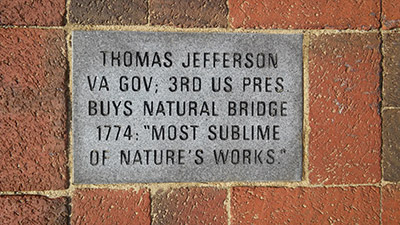

Mary Greenlee has often been called “The Mother of Rockbridge County.” She was the first white woman settler in Rockbridge County (originally part of the Borden Grant). Born in Northern Ireland, she emigrated to Pennsylvania with her husband James, eventually settling in Virginia in 1737. Mary was a feisty and eccentric lady. Some thought she was a witch; the Native Americans thought she was crazy and considered it bad luck to harm a crazy person. Using their superstition to her advantage, Mary was able to rescue a young girl, Alice Lewis, whom the Native Americans had abducted. Mary and James ran a tavern near Timber Ridge. When James died in 1763, Mary carried on for another 17 years before moving to Natural Bridge to be near her son and dying at age 102. Upon her death the following was written;
“Mary Greenlee died of late; straight she went to Heaven’s gate: But Abram met her with a club, and knocked her back to Beelzebub.”
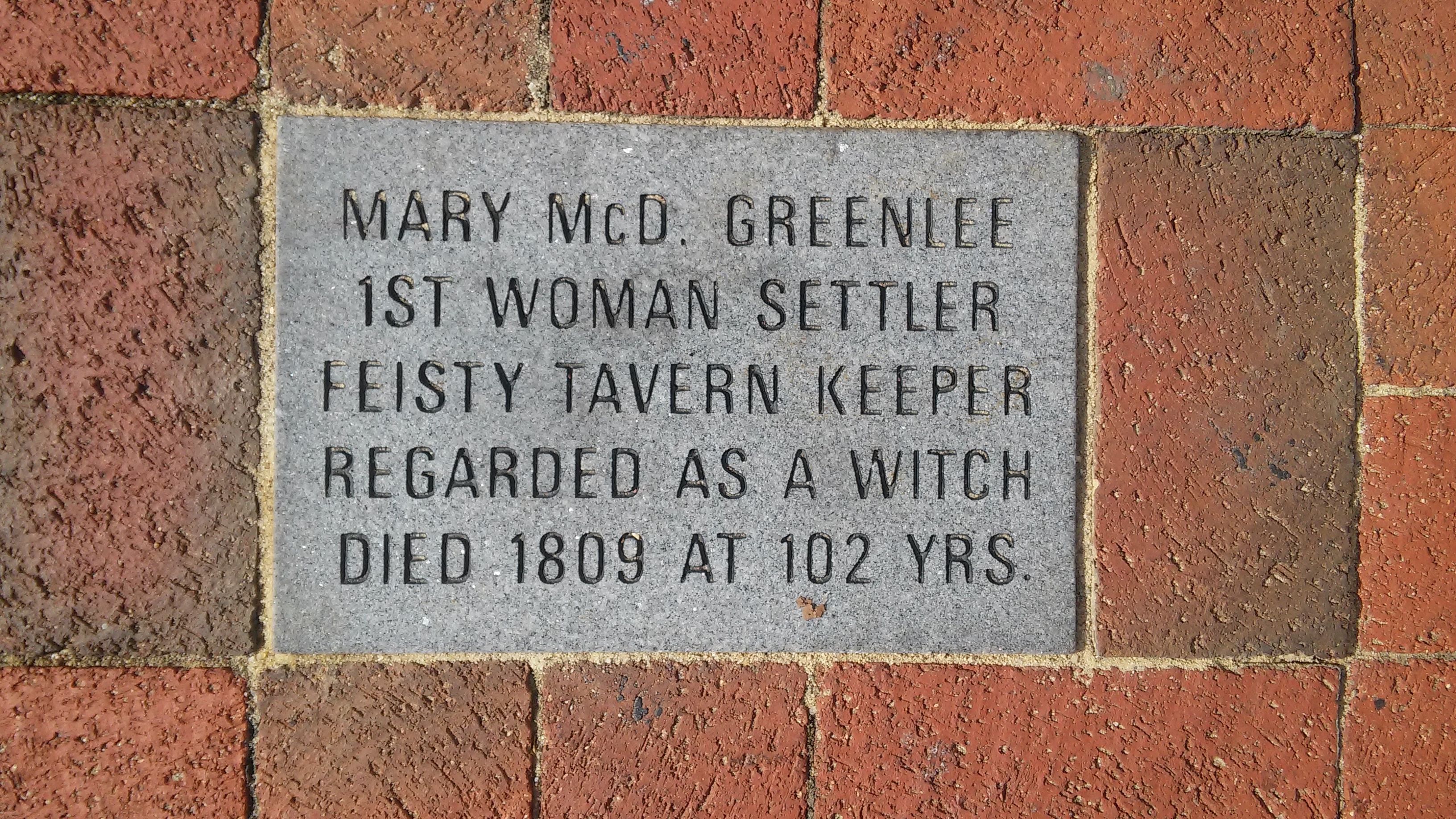

Jordan came to Lexington shortly after his marriage and partnered with another builder, Samuel Darst. They worked together as builder-architects in the growing community, promoting industrial development.
A prominent example of their work is Washington Hall, the Roman-Revival, temple-form central and oldest building on Washington and Lee University’s colonnade. Built in 1824, Washington Hall established the classical theme for the front campus. That same year, the firm completed “Beaumont,” Darst’s residence and one of the stately homes on Lee Avenue.
Jordan’s own residence, “Stono,” still stands on a bluff at Jordan’s Point. The firm did the brickwork for “Monticello,” President Thomas Jefferson’s home in Albemarle County.
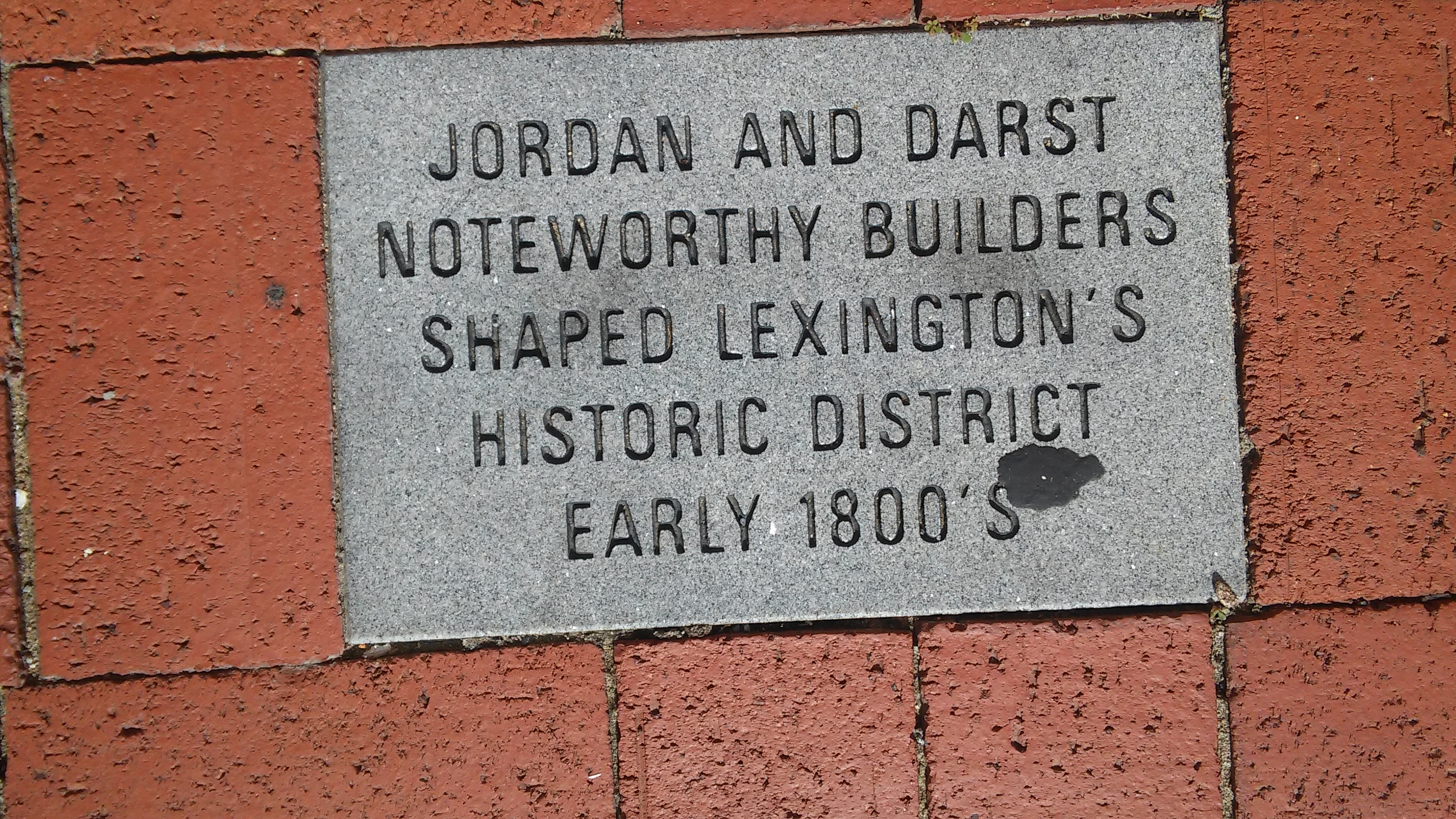

C. M. Figgat was, to all appearances, a model citizen of Lexington – a cashier at The Bank of Lexington and acting treasurer for groups that raised funds both for the Edward Valentine statue of Recumbent Lee, housed at Lee Chapel, and for the statue of Stonewall Jackson at the site of Jackson’s grave. Then Figgat embezzled more than $140,000 from the bank, forcing its closure and shaking the local economy. Figgat boarded the C&O headed west to Cincinnati on the evening of February 14, 1895. He was described variously as “about 60 years…bowlegged…repeats his yes thus ‘yes – yes.’ His appearance shows him to be addicted to drink.” VMI cadets and Washington and Lee students were exhorted by wanted posters to report Figgat sightings.
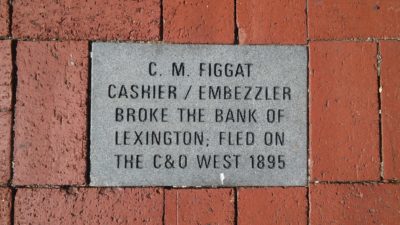

In 1835, under the pseudonym “Cives,” John Thomas Lewis Preston wrote a series of letters to the Lexington Gazette advocating for a military college. VMI was founded in 1839, and Preston became one of the first faculty members. He was instrumental in establishing a curriculum and disciplinary regulations for what he called the Institute’s “fair specimens of citizen-soldiers.” After the death of his first wife, Preston married Margaret Junkin, later known as “The Poetess of the South.” With the outbreak of war in 1861, Col. Preston was commissioned as an aide-de-camp to General Thomas “Stonewall” Jackson, returning to the VMI faculty after the war until his retirement. VMI’s Preston Library bears witness to his educational legacy.
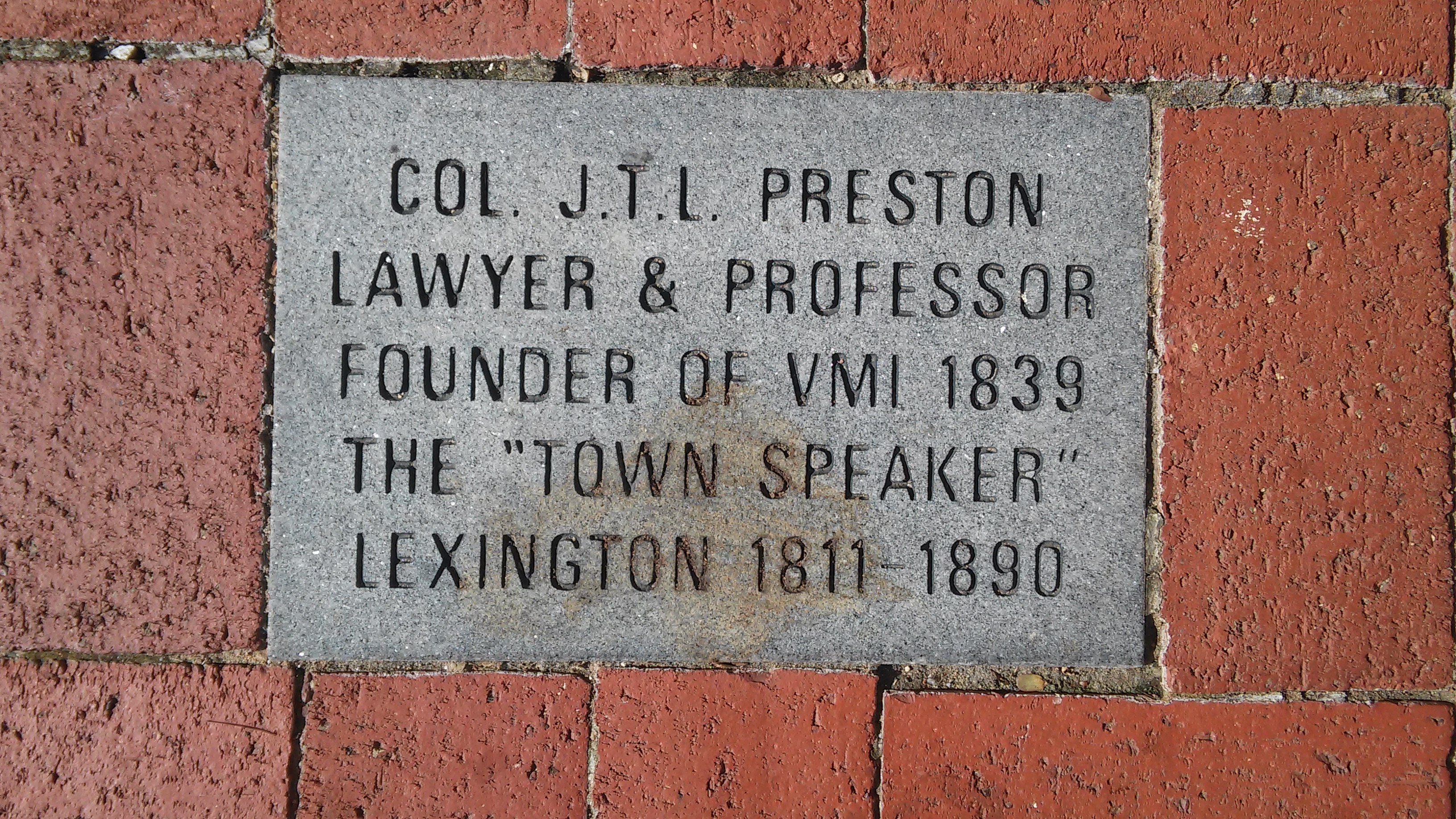

Big Foot,” who grew up at 408 S. Main St., in Lexington, became an infamous Texas Ranger. As one of 176 Texan prisoners being held during the Mexican-American War, Wallace participated in what came to be known as the “Black Bean Episode.”
The Mexicans placed 159 white beans and 17 black beans in a pot. The prisoners were blindfolded and ordered to draw beans; those drawing black beans were executed. Wallace was lucky.
A Texas folk hero, Big Foot tracked and killed a number of Mexican horse thieves. As a warning to others, Wallace beheaded the ringleader and put his body on a wild stallion, tethered to a tree. With his friend John McPeters, Big Foot thrust the head into the sombrero, secured by a strap to the saddle, and set the horse loose, terrifying the countryside with the “headless horseman.”
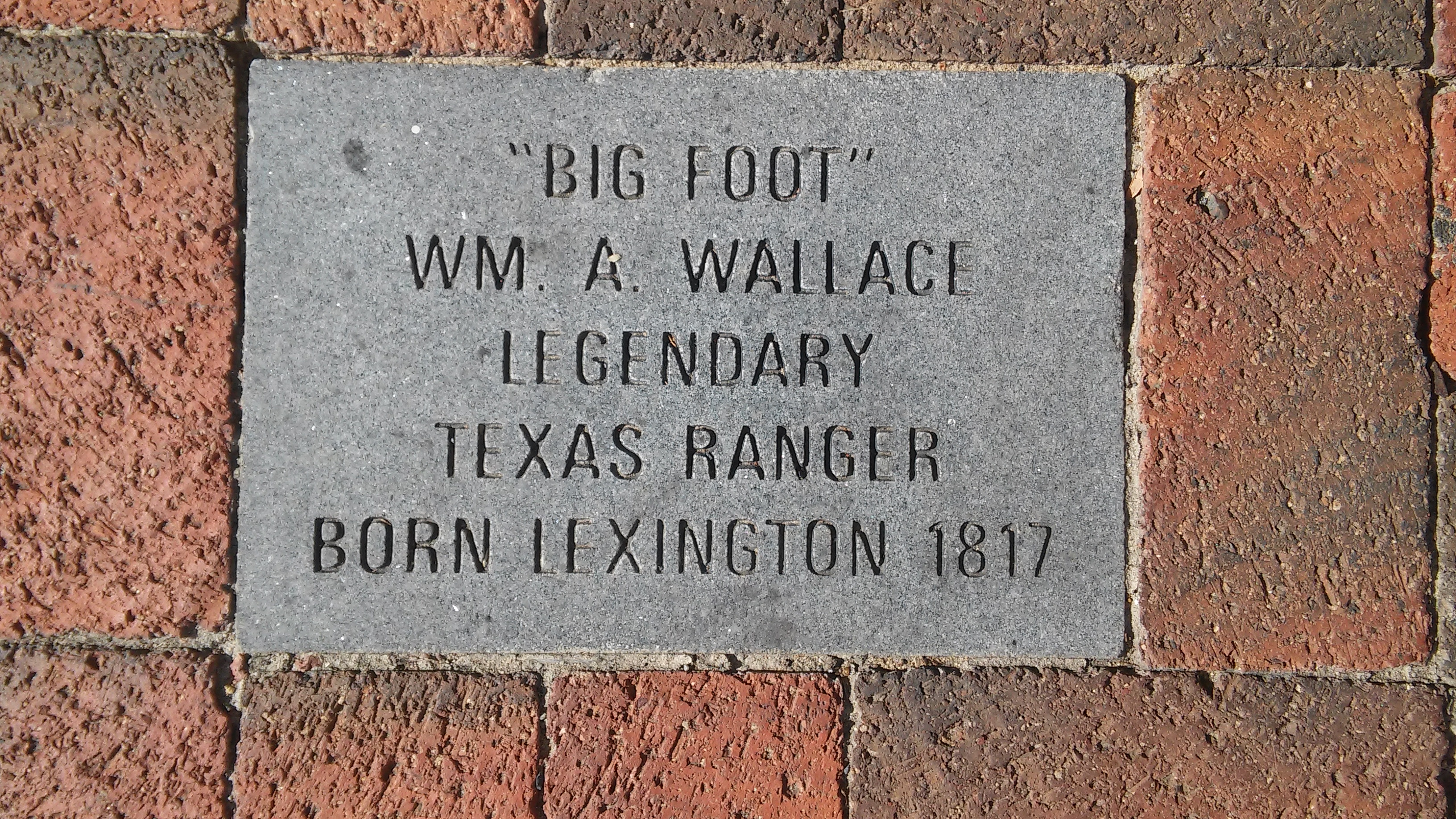

Born in Lexington VA., Letcher graduated from Washington Academy (now Washington and Lee University). He served in the U.S. Congress and as Virginia’s Civil War governor, 1860-64. Letcher helped to organize the Peace Conference of February 1861, a final effort to avert civil war. By April, however, secessionist sentiment had grown. When Simon Cameron, Secretary of War, sent a formal request (demand) that Virginia send members of its militia to serve the federal government in squelching the rebellion, Letcher replied in part, “You have chosen to inaugurate civil war and, having done so, we will meet it in a spirit as determined as the Administration has exhibited toward the South.” Letcher ordered Colonel Thomas J. Jackson to assume command at Harper’s Ferry where Jackson assembled the famous “Stonewall Brigade.” Governor Letcher’s Lexington home was burned by Union Troops during Hunter’s Raid of 1864. After the war, Letcher served on the VMI Board of Visitors and as a member of the Virginia House of Delegates.
Visit the adjacent campus’ of Washington and lee University and Virginia Military Institute; both on the National Register of Historic Places.
Governor Letcher is buried at the Stonewall Jackson Memorial Cemetery in Lexington.
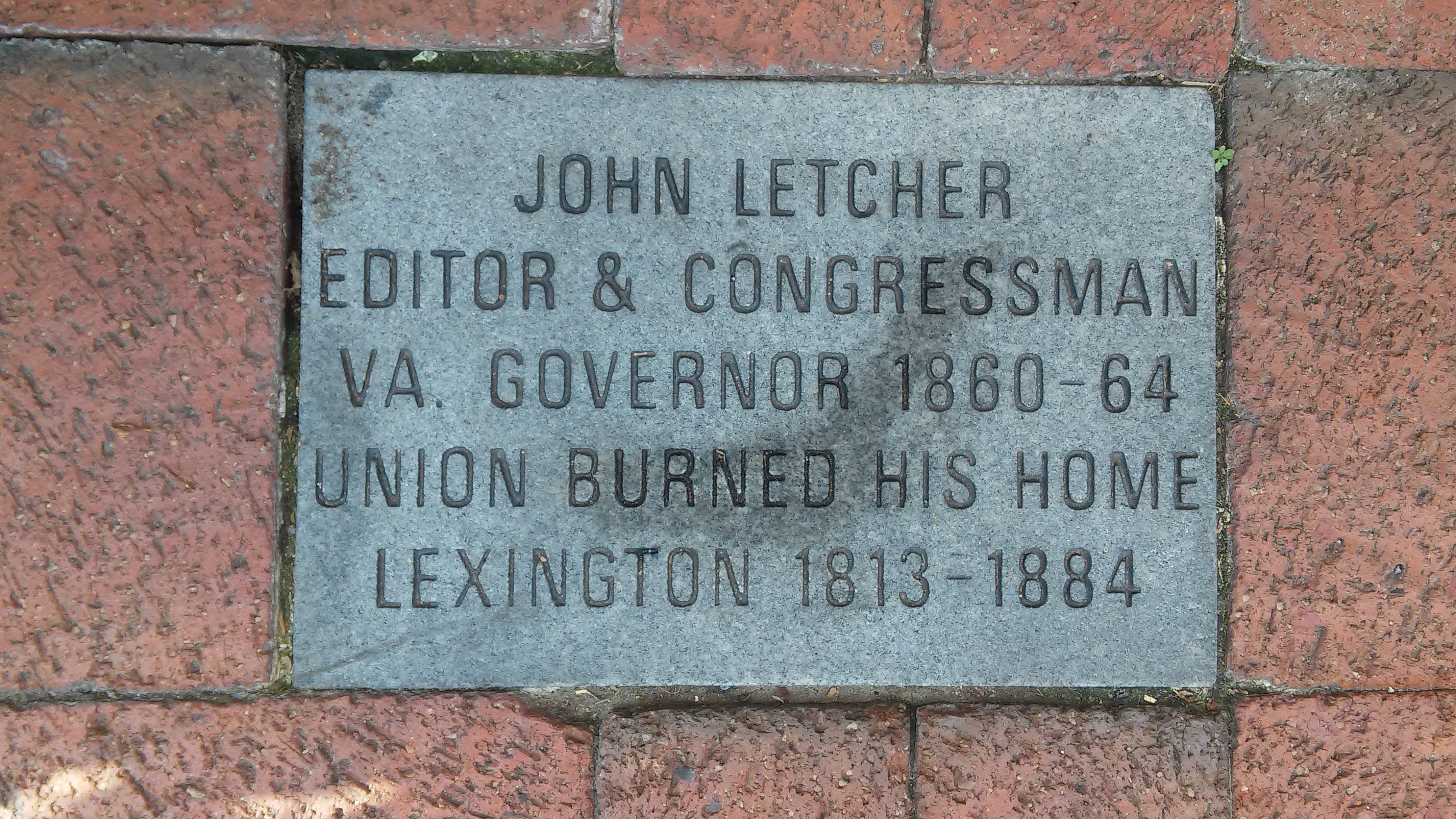

Chavis, probably the most learned African-American of his day, is aptly described in the title of his biography, John Chavis: African American Patriot, Preacher, Teacher, and Mentor 1763 – 1838.
Little is known about Chavis prior to his enlistment in the Revolutionary War in 1778. It is believed that he was an indentured servant. He studied to become a minister under John Witherspoon at Princeton Seminary, transferring to Liberty Hall Academy (later Washington and Lee University) after Witherspoon’s death. In 1800 he was licensed by the Presbytery of Lexington. In 1808 Chavis opened a highly regarded school in Raleigh, N.C., where he taught white children during the day and black children at night. His student and friend, Willie P. Mangum, became a U. S. Senator. After Nat Turner’s rebellion of 1831, Chavis was forced to give up teaching and preaching.
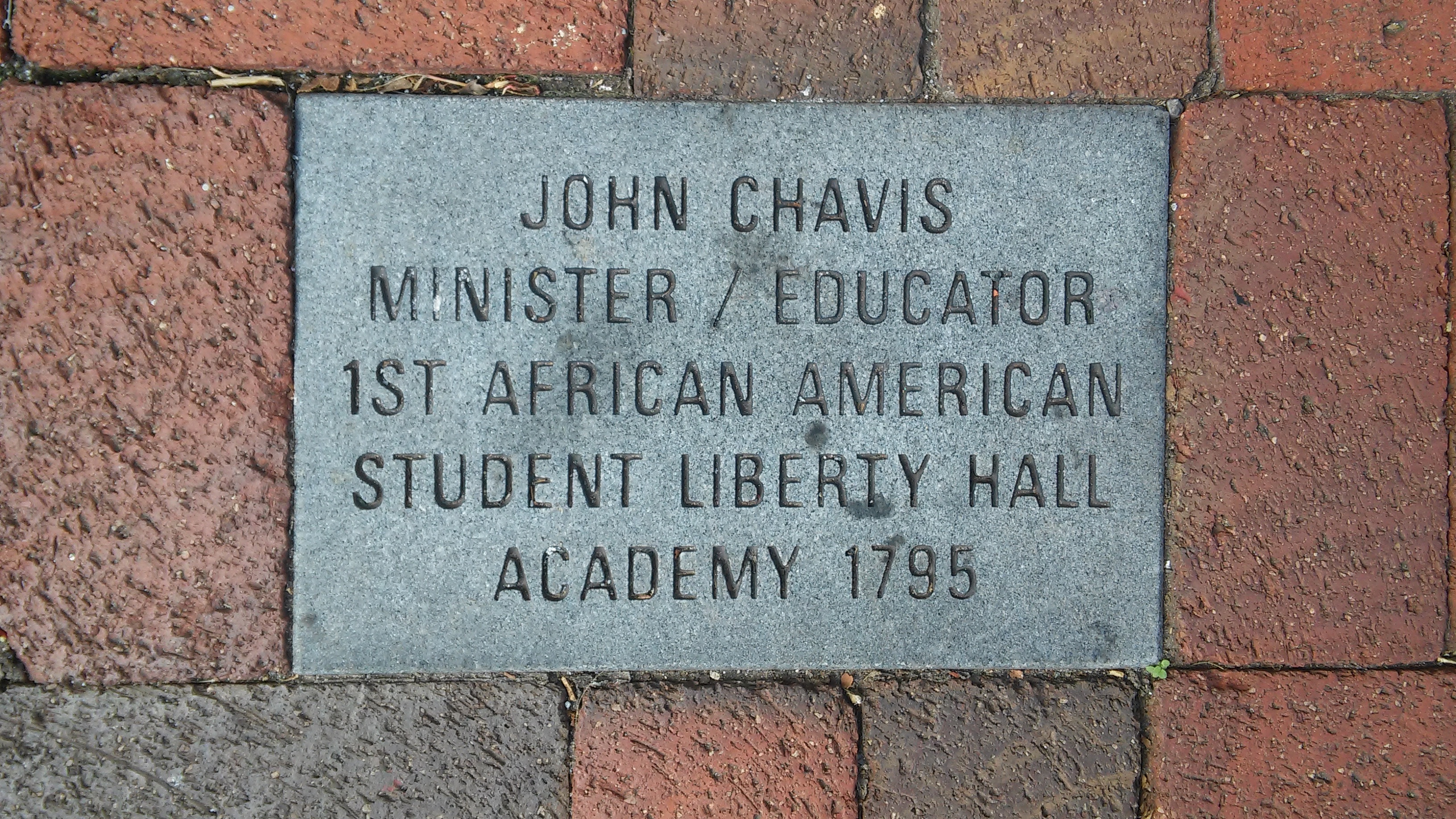

Former Confederate General Robert E. Lee accepted the presidency of Washington College in 1865. Intent on healing the wounds of the war, he recruited students from both the North and the South. Lee instituted the college’s honor system and speaking tradition, which are still in place today, saying that the school had only one rule: to be a gentleman. Lee Chapel (named for Lee after his death) was built at Lee’s request in 1867. His official office was in the basement, and he and his family are interred there. Lee and his wife Mary Anna Randolph Custis (great-granddaughter of Martha Custis Washington, wife of George Washington) lived on campus. The doors of the garage, where Traveller was stabled, are traditionally left open for the horse’s comings and goings. Visit Lee chapel and see Lees’ home.
Presbyterian minister, William Graham was officially appointed the President of Liberty Hall in 1776, and the first minister of Lexington Presbyterian Church in 1789. During his leadership of Liberty Hall, the institution would grow from being held at his house, and re-locate to different locations in Rockbridge County, most notably at Timber Ridge, where he taught Archibald Alexander, among others.
After conflicting discussions between the school’s trustees, the Synod of Virginia, and Lexington residents eager to locate it in town, the school was reestablished in 1793 under the name of Liberty Hall Academy, providing a liberal education to prepare young men through a curriculum that would include not only traditional courses of grammar, classics, and theology, but mathematics and sciences; philosophy, politics, law; even English literature and French and Roman antiquities.
Although Liberty Hall’s stone building would burn in 1802, its ruins still stand to the West of the campus that would successively be re-named Washington College, and Washington and Lee University. Graham is buried outside of Lee Chapel, a notable distinction to honor his founding influence on the institution, and generations of students who would leave their mark in Rockbridge, Virginia, and the early Republic.
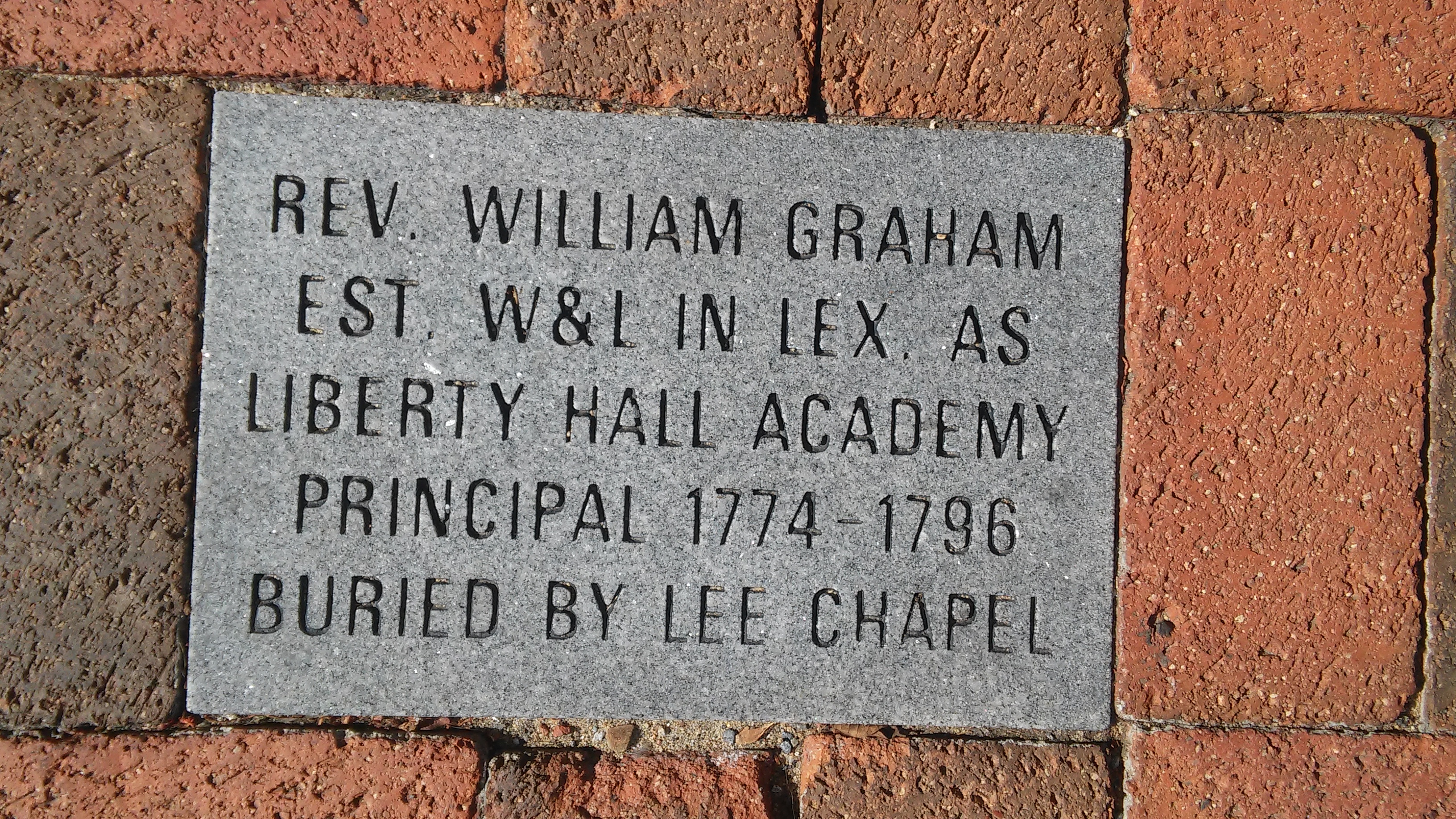

In June 1974, Mel Greenberg blew into town and duped everyone into believing he was a Hollywood movie producer. While promising many locals would have lead roles in his nonexistent film, Greenberg exchanged promises for goods and services. It was whispered about that some of the town’s ladies had been “exposed” during auditions. In any case, Greenberg’s scam was exposed, and he became a resident of the Rockbridge County jail. However, many of the townsfolk felt sympathy for him and rallied a “Free Mel Greenberg” campaign with bumper stickers, T-shirts and pens.
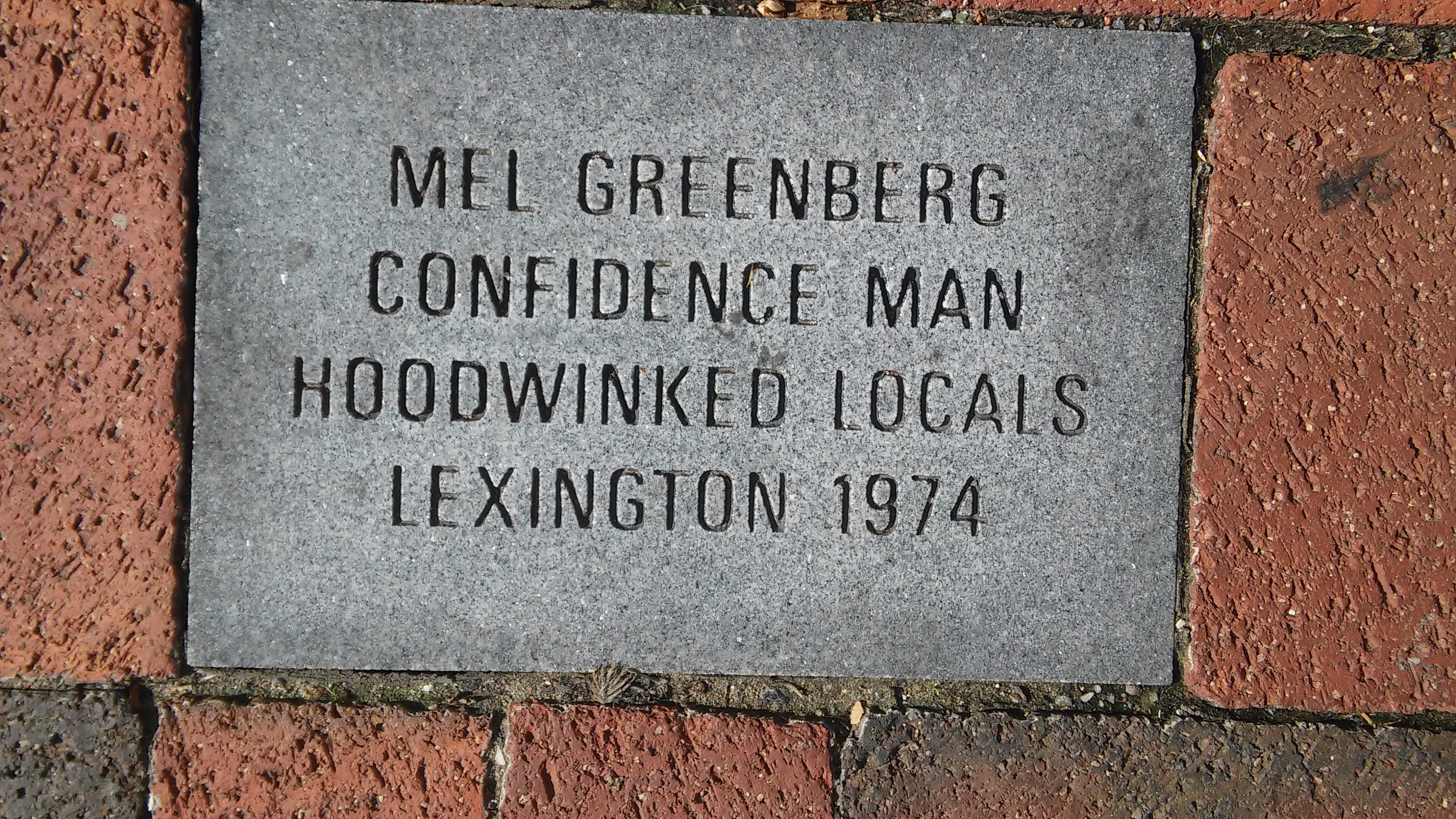

Scholar, priest, and soldier: William Nelson Pendleton cast broad and varied influence over the lives of his fellow Lexingtonians. Robert E. Lee was among his classmates at West Point. He was ordained as an Episcopal priest in 1838 and soon named the first principal at Alexandria’s Episcopal High School. In 1853 he was appointed rector of Grace Church in Lexington, serving until the outbreak of war, and returning to hold that position until his death. Though a man of the cloth and the classroom, Pendleton is most well known as General Lee’s chief of artillery. As captain of the Rockbridge Artillery, Pendleton named his four-gun battery “Matthew, Mark, Luke and John.” Wounded at Bull Run, and eventually promoted to brigadier general, Pendleton led commands in the Maryland Campaign of 1862, and in the Eastern Theater of Virginia. After surrendering with Lee at Appomattox, Pendleton would prove influential in recruiting Lee to become president of Washington College in 1865. Lee often attended Rector Pendleton’s services at Grace Episcopal, which would later be renamed as R.E. Lee Memorial Episcopal Church.
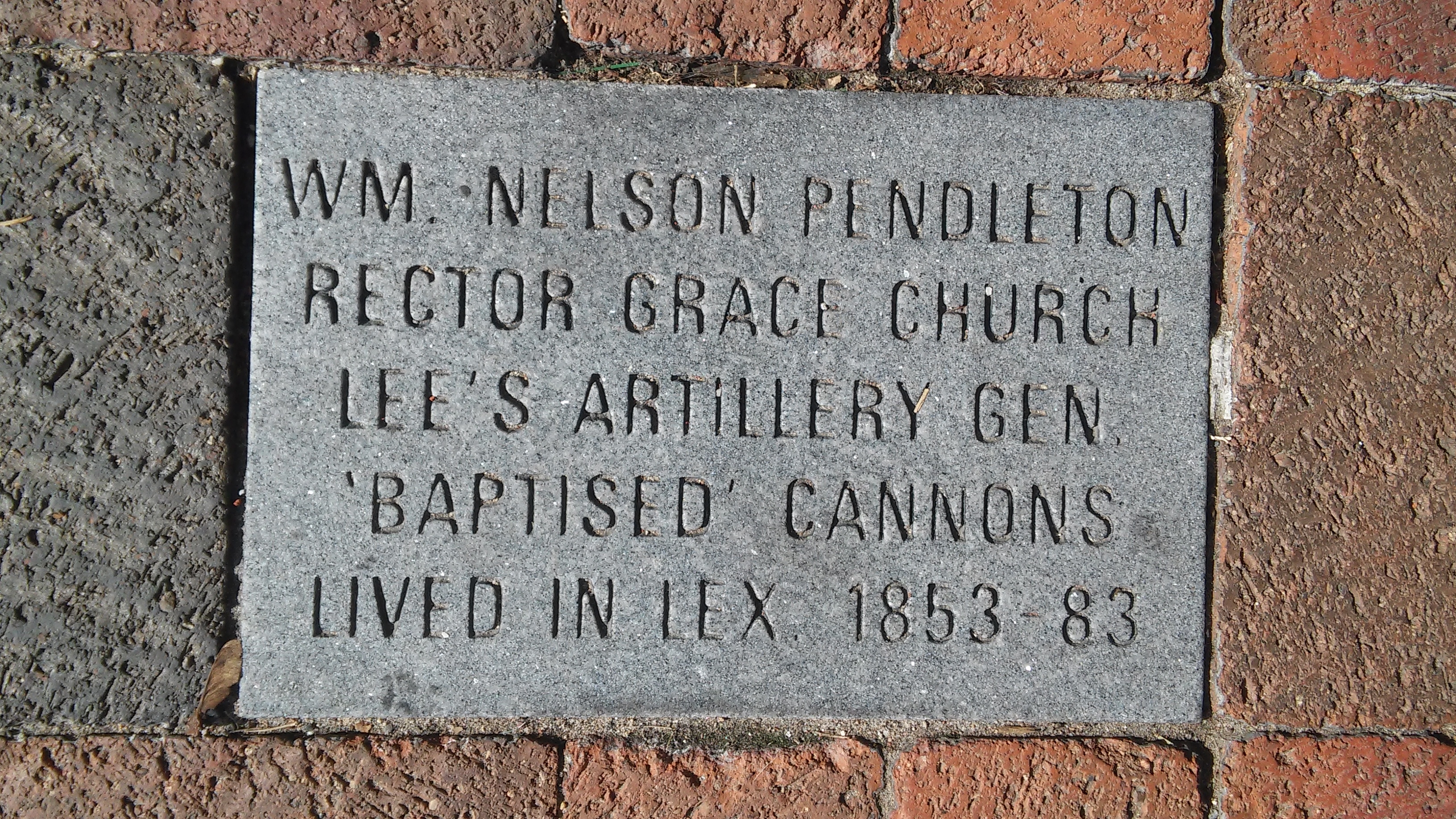

Meriwether Lewis (1774-1809) spent much of his youth in Rockbridge County before his well-known westward expedition with William Clark and the Corps of Discovery from 1804-1806. Born in Albemarle County, VA, his mother moved south to Georgia, but he was sent back to Virginia for schooling in his early teens. There is some speculation that ha attended Liberty Hall Academy, now Washington and Lee University. One of his tutors was Parson Matthew Maury, an uncle of Commander Matthew Fontaine Maury.
Visit the Liberty Hall Academy ruins and also see the National Oceanic and Atmospheric Administration marker designating Rockbridge County as part of the Lewis and Clark Eastern Legacy Trail on Main St. in Lexington.
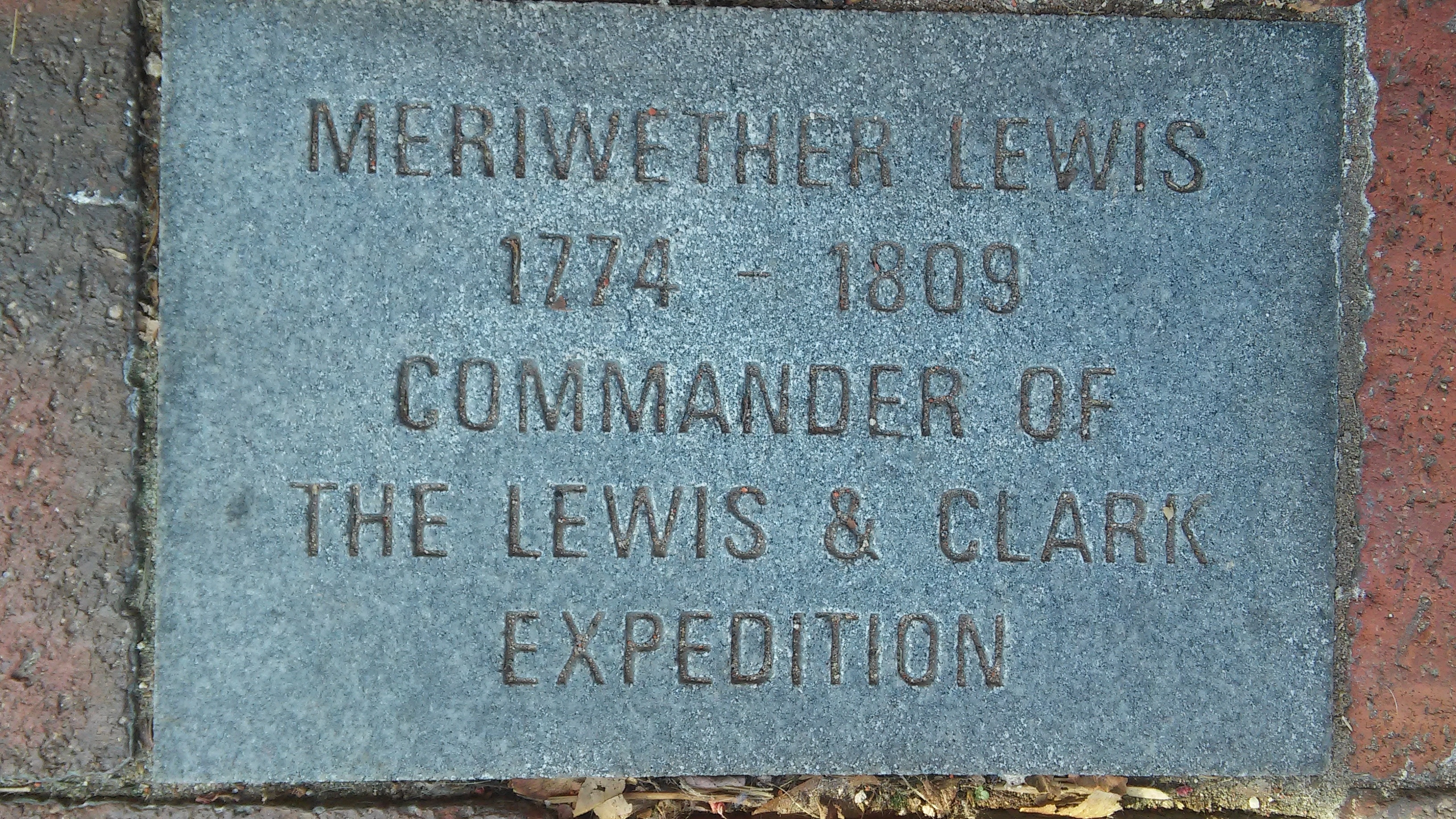

This more extended entry acknowledges that the Righteous and Rascals project grew out of a 2012 initiative to link the post-Expedition “Eastern Legacy Trail” to the National Park Service’s Lewis and Clark National Historic Trail.
Accordingly, pavers for Lewis and Clark were the very first to be installed, outside the Rockbridge Building on Main Street Lexington, where Clark stayed at a local tavern in 1809 (see bottom). Those inaugural “footprints” accompanied the nationally recognized ceremonies in October 2013 when a commemorative disc from the N.O.A.A. was placed across the street in the Courthouse Square to acknowledge these historic legacies.
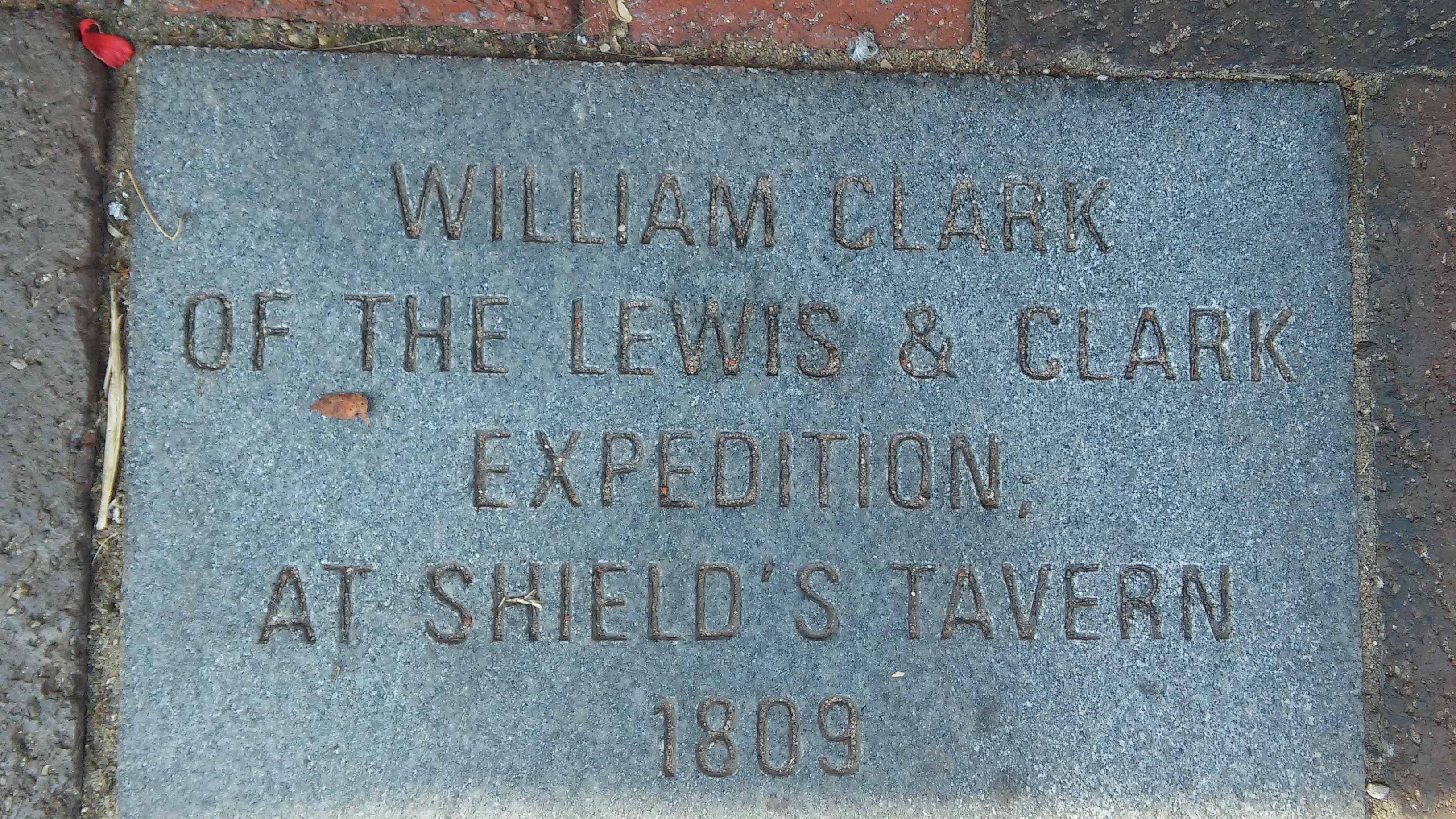

Skilled boatman. Enslaved hero. Lasting monument to personal courage, human care, and the rough perils of the James River footing Rockbridge County. Frank Padget was the savior for over 40 passengers on the canal boat Clinton when its tow rope broke in the icy floodwaters roaring through Balcony Falls, Jan.21, 1854.
Already highly respected for his labor, Padget was singled out for his skill and “noble daring” by Capt. Edward Echols, local boatowner and businessman whose eyewitness account of the deadly events would be published in the Lexington Gazette. As the canal boat washed over the Mountain Dam, Padget took the initiative to commandeer a nearby batteau, and steer through the whirlpools to a rock where a few passengers where desperately holding on. Accompanied by a crew of white and “colored” rescuers, they ferried dozens of passengers to safety before Padget — trying to save the last passenger stranded on the rock — drowned when his boat was dashed against it.
In addition to his printed tribute to Padget, Echols also commissioned a 5-foot stone obelisk to bear lasting witness to Padget’s bravery and sacrifice. The monument now stands in Glasgow’s Centennial Park. In 2007, the VA Department of Historic Resources dedicated a roadside marker titled “The Courage of Frank Padget.” Originally sited on the banks of the James near the fateful scene, the marker now stands outside the Amherst County Museum and Historical Society.
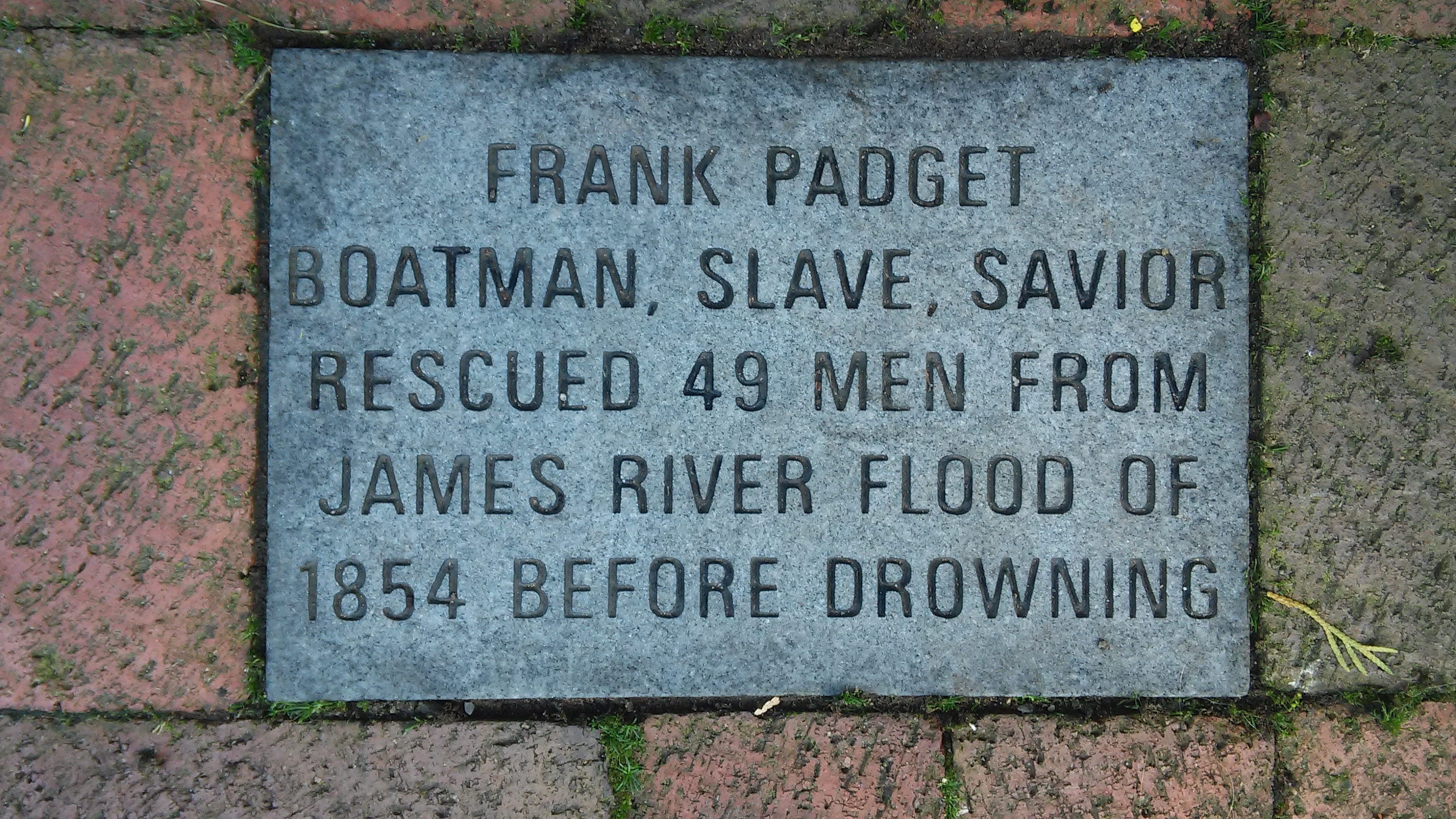

Acknowledged as one of the greatest military commanders in American history, Patton attended VMI from 1903-1904 before continuing his education at West Point.
American Expeditionary Forces commander Pershing; during that time, he established the AEF Light Tank School, with his tank brigade the first ever to be used in U.S. combat. His campaigns in North Africa and Sicily earned him lasting renown as a battlefield commander, but Patton was sidelined in response to scandals surrounding the disciplining of his troops. Patton was famously assigned as the head of “Operation Fortitude,” the ‘phantom army’ on the coast of England designed to distract the Germans in the build-up to the invasion of Normandy; after D-Day, Patton’s Third Army proved critical in the Battle of the Bulge, and the ‘Race to Berlin.’ He was portrayed by George C. Scott in the Oscar-winning film, Patton.
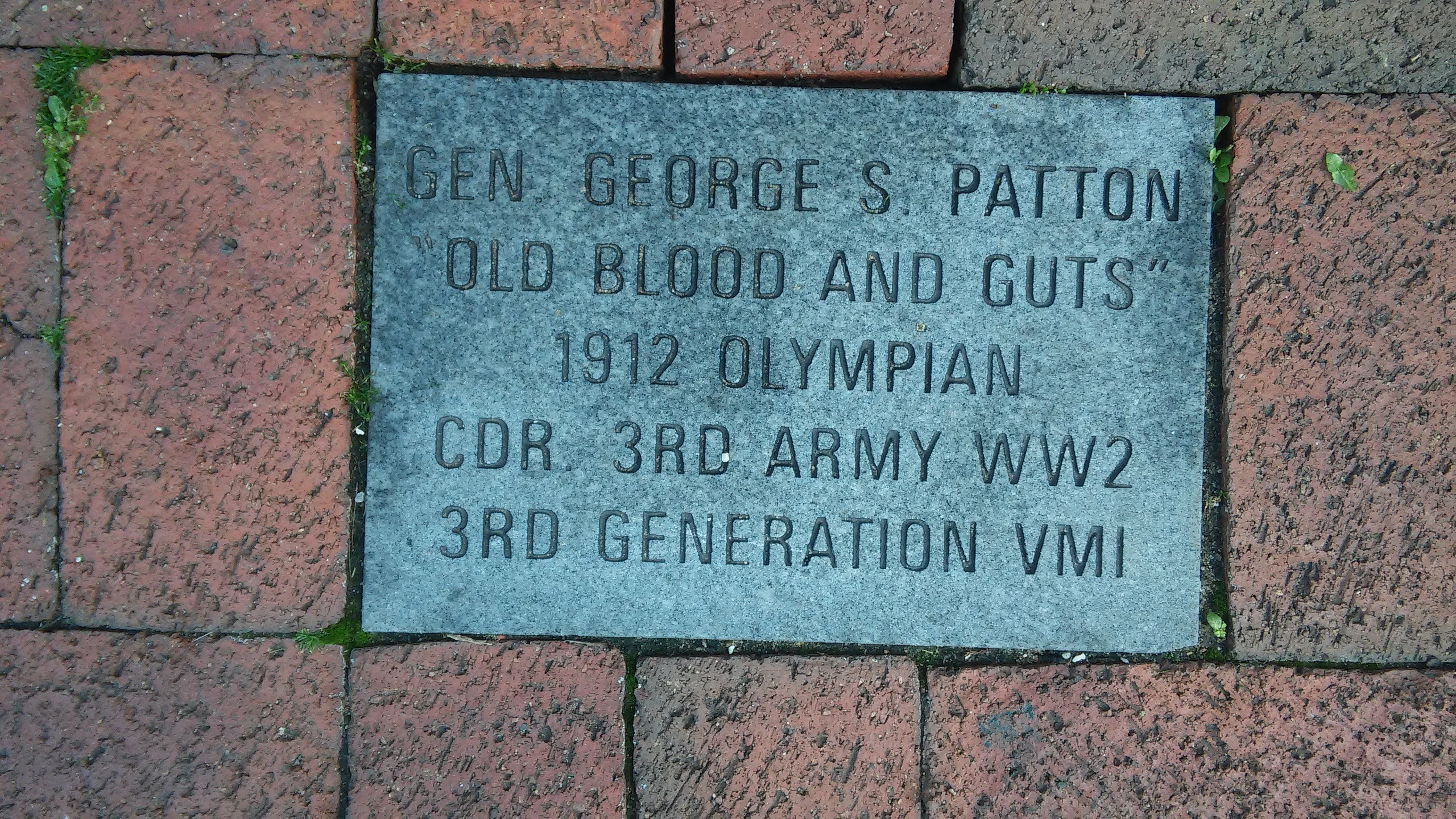

A native Virginian, Lewis Puller enrolled at the Virginia Military Institute in 1917, only to leave a year later in hopes of serving in World War I. Though the War ended before he saw action, he enlisted with the US Marine Corps, trained at Parris Island and Quantico, and would go on to become one of the most decorated members of the Marine Corps. During his service in the Pacific theater of World War II and the Korean War, he was successively promoted to lieutenant general, and became only Marine to be awarded five Navy Crosses. He also remains a legend in the spirit and folklore of the Corps. Pull-ups are often cheered with “Do one for Chesty!” a common Marine cadence chants “It was good for Chesty Puller/ And it’s good enough for me!” and even boot camp closes the day to cries of “Good night, Chesty Puller, wherever you are!”
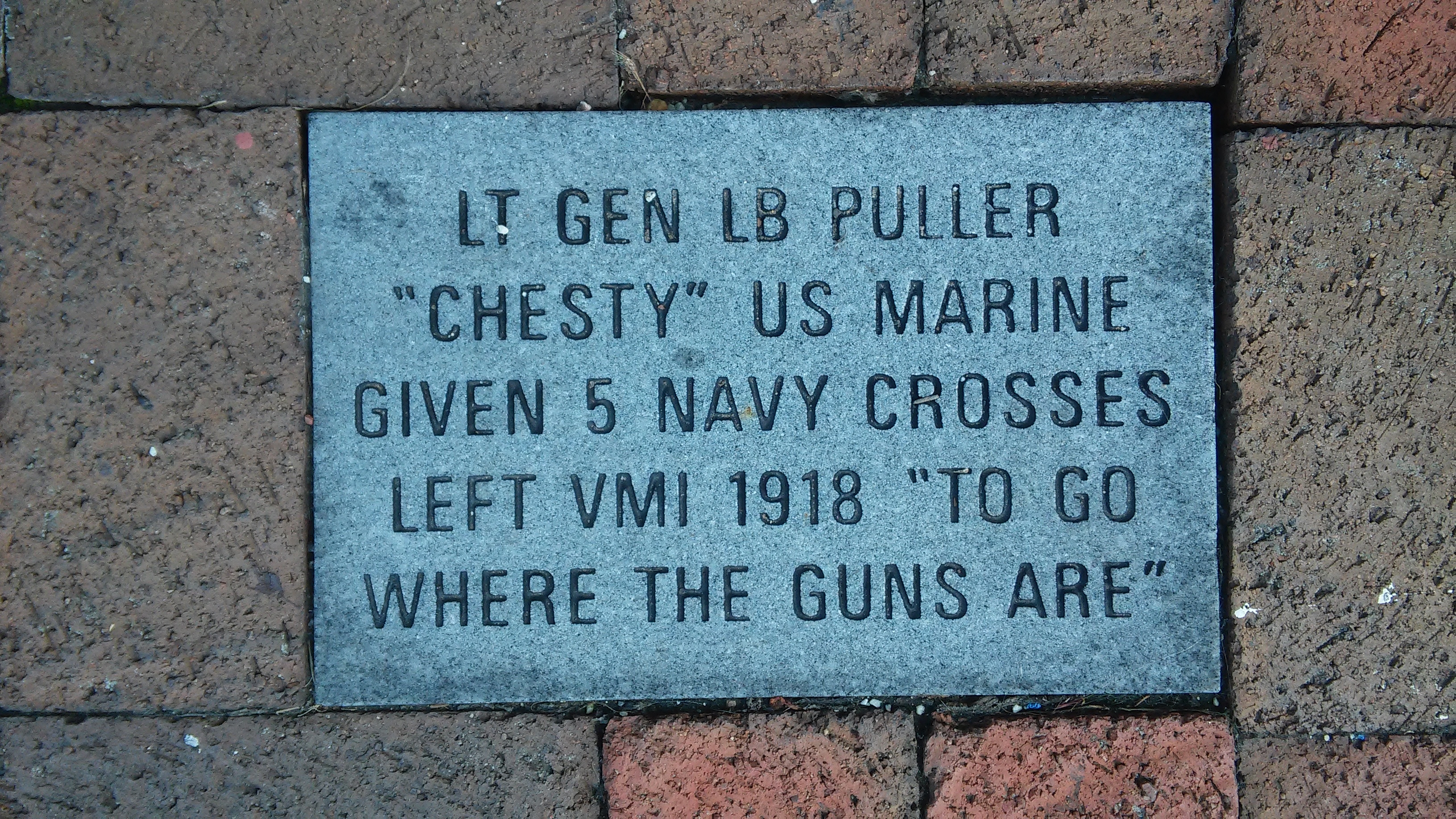

Born in Rockbridge County, Ephraim was the ninth child of Samuel and Mary McDowell. His family moved to Danville KY began his medical practice from his home in 1795. Despite his extensive medical studies, including time at Staunton VA. and Scotland’s Edinburgh University Ephraim never received a diploma. But, in 1825 the University of Maryland conferred upon him an honorary degree. Without graduating, he returned to Danville, where he married Sally Shelby and began his medical practice from his home. In 1809, he became the first doctor in America to remove an ovarian tumor from a patient, Jane Todd Crawford of Green County. Also a native of Rockbridge County, she endured a horse ride of sixty miles to his office and survived the extraction of the 22.5 pound tumor without anesthetic. After staying in bed for three days, she returned home by horseback and lived another 32 years. Ephraim died in 1830 and is buried in Danville. His home and apothecary shop are a museum and listed as a National Historic Landmark.
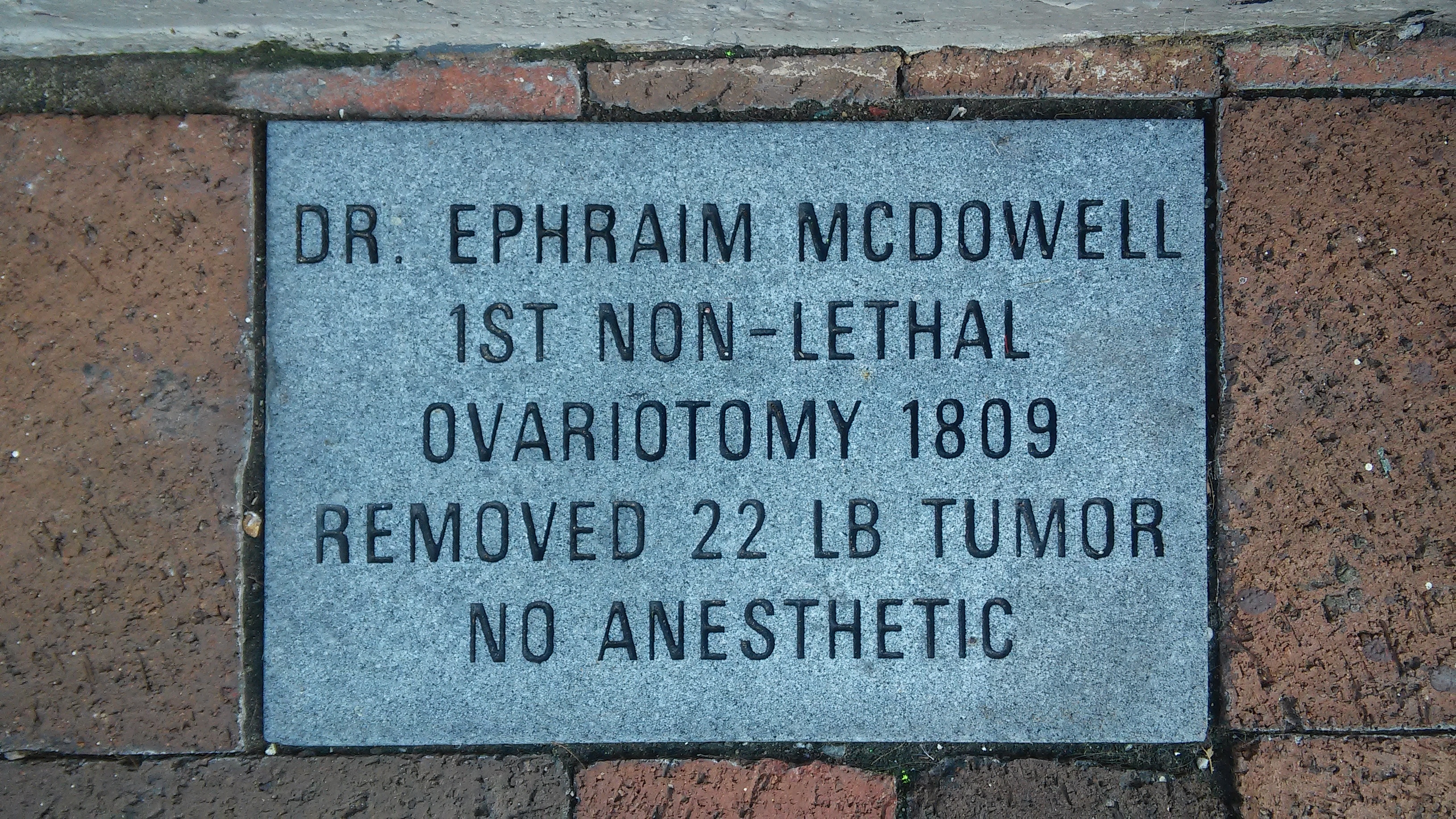

He took the bullet meant for young Ruby Sales. And for his service and sacrifice in the Civil Rights Movement, one of VMI’s four memorial arches is named for Daniels, who is also honored as one of the few modern-day martyrs to be inscribed in the Chapel of Martyrs in England’s Canterbury Cathedral.
Valedictorian of the VMI Class of 1961, Daniels accepted a postgraduate fellowship to study English at Harvard, before enrolling in the Episcopal Theological School in Cambridge. Daniels joined the 1965 march for voting rights in Selma, then staying in Alabama to work for the cause in the months to follow. After being released from jail for picketing whites-only stores, Daniels – preparing to buy a cold drink outside Varner’s Cash Store – jumped in front of a shotgun blast a deputy sheriff had aimed at Sales, an African-American teenager and fellow civil-rights worker.
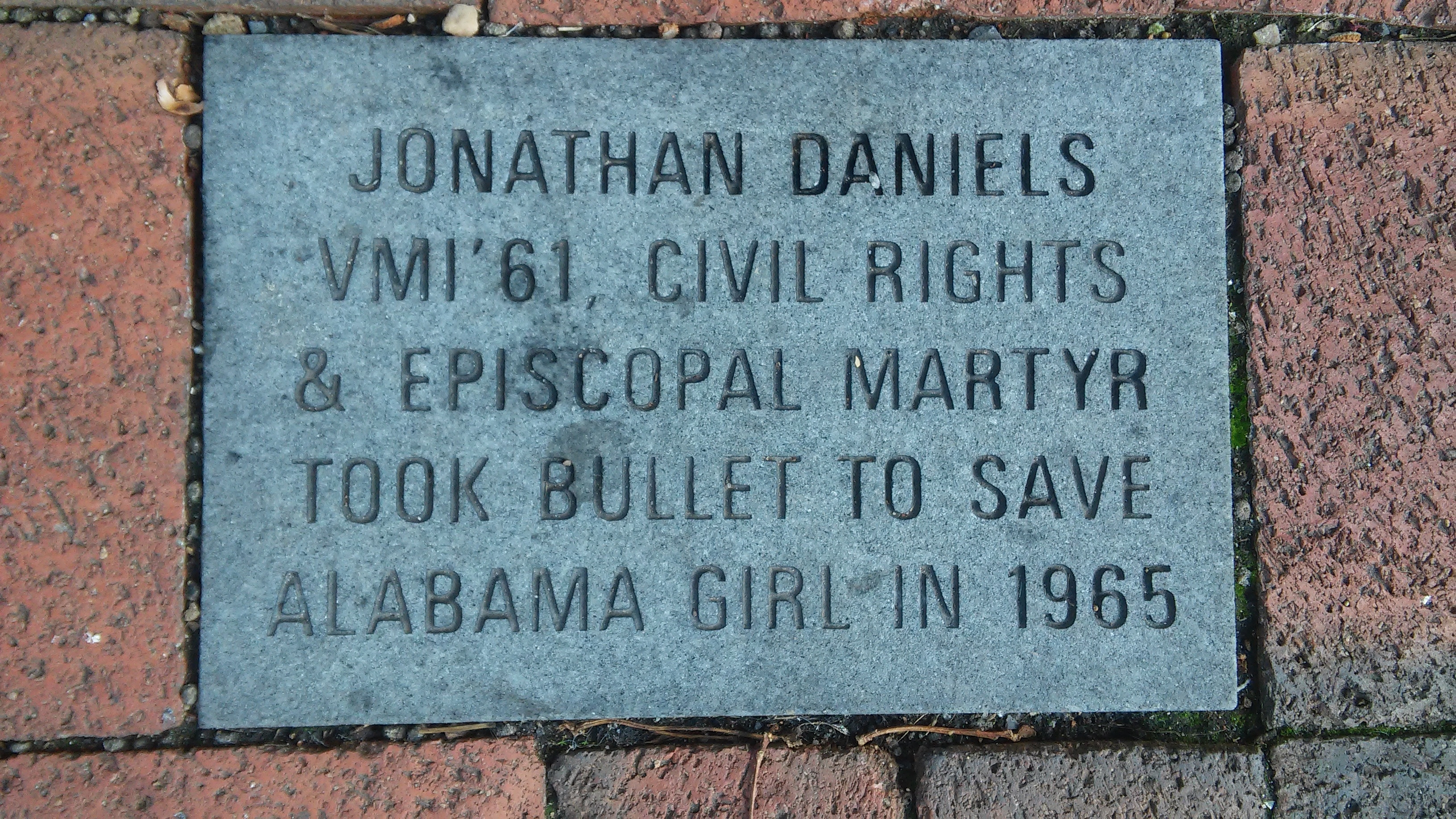

Harry Lee Walker, born in 1875, was one of the most prominent African-American businessmen of his day. The columned building he purchased in 1911 to operate his thriving butcher shop has remained commonly known as the Willson-Walker House. Walker supplied to VMI, W&L and many fraternities the celebrated hams he cured and the beef he shipped in from Fairfield and Buena Vista to his farm East of Lexington (neighboring Walker Street still witnesses the respect and influence he earned). Walker & Wood’s “Sanitary Meat Market and Grocery” would become a pillar among the African-American shops and businesses at the foot of N. Main Street. In 1917, he purchased one of Lexington’s most celebrated historic homes, Blandome, with its distinctive Italianate cupola overlooking all of Lexington from the top of Diamond Hill. Walker was also a leading member in First Baptist Church, right on the heels of Emancipation; his home and his church now both bear plaques witnessing their places on the National Historic Register.
Eliza Bannister Walker, whom the budding entrepreneur married when he was 19, would make her own impact in the community not through commercial connections, but civic activism. Born in 1874, she was well noted as a singer in “The Nightingales,” and wrote a number of dialect poems that signal her sensitivity to both tone and tradition, while addressing a range of contemporary issues. Most purposefully however, her activism led to leading roles in the Virginia Federation of Colored Woman (hosting their conference at Blandome in 1921), and organizing political and religious gatherings with nationally speakers. She also led local campaigns to support the needs orphans, and to raise wages for both women and blacks.
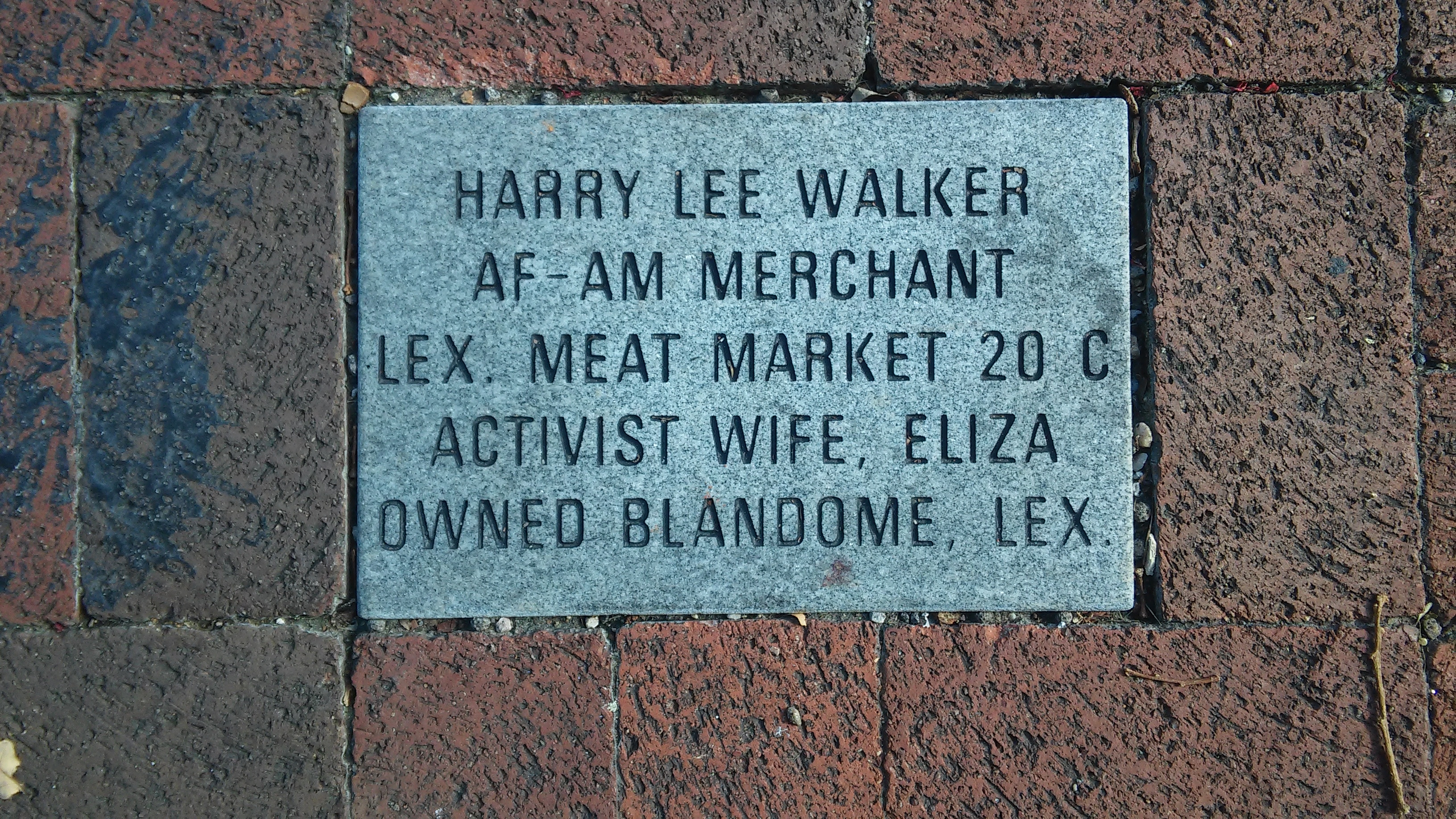

Born 1935, of square in the heart of the Great Depression, Lewis Watts faced challenges few of any of his contemporaries would know. And yet, he was one of this community’s most remarkable performers. A champion athlete, a distinguished singer, he left his impact in many fields and on many people … and he did so in spite of being born without arms.
A lifelong resident of Lexington’s historically black Diamond Hill/Green Hill neighborhood, Watts would attend the school named for fellow native, Rev. Lylburn Downing . Photographs show him writing, right-footed, in his suit, in an elegant script, up on the classroom chalkboard. Though he first starred in soccer, he moved on to football (a record-breaking kicker for the Downing football team one year with 34 PATs). Even more astonishingly, managed to use his feet to throw two no-hitters one season for the softball team. Watts would later coach the Trojans’ baseball team, and the diamond and grandstands behind the school would eventually be named Lewis Watts Field.
But music was Watts’ most enduring talent, with one neighbor recently recalling that his “voice was his glory, and he lifted his gigs with charm and a big smile.” His most notable ‘team’ would be The Rhythm Makers, for whom Watts sang lead, along with musicians Sticks Thompson, U.B. Broadneaux, Frank Woodley, Billy Huffman, and Napoleon Borgus. They won a dance band contest earning them an all-expenses paid trip to perform in Mexico. And they enlivened parties through the Rockbridge community for many years, when the Knights of Pythias Hall, known locally as the House of Fun, was at its peak.
